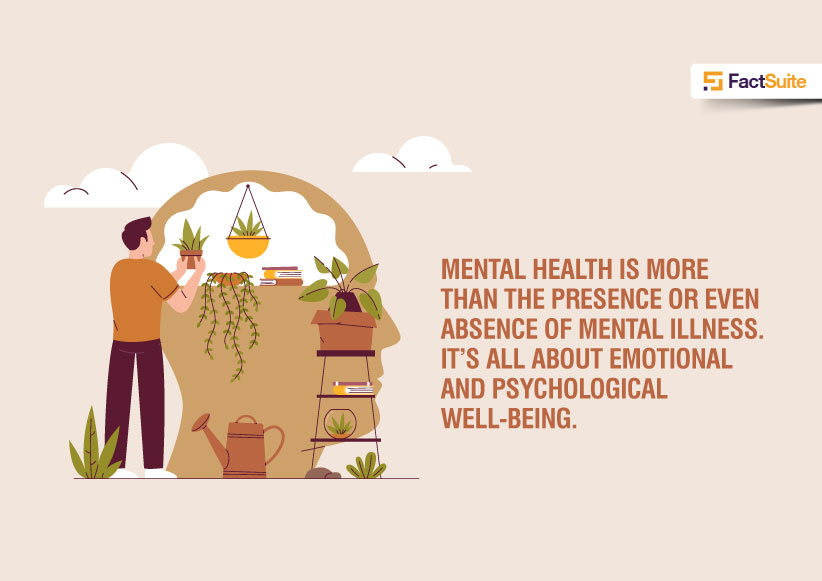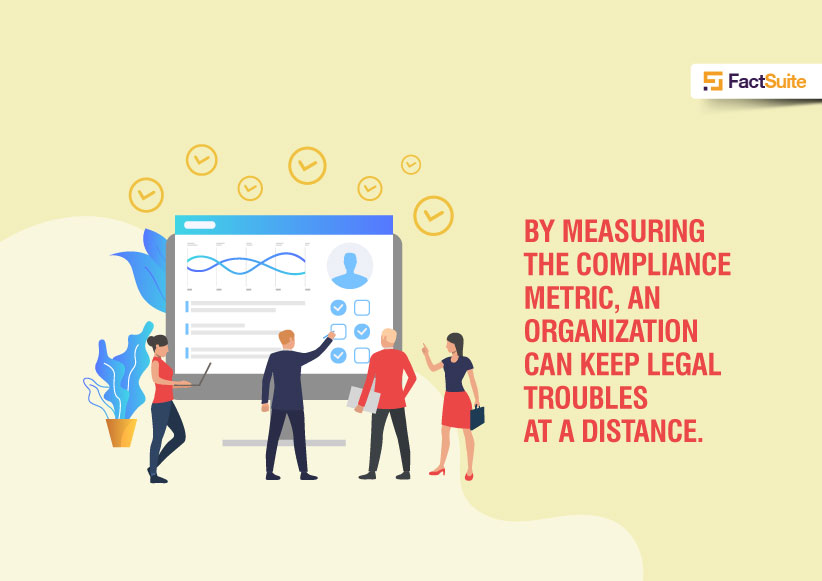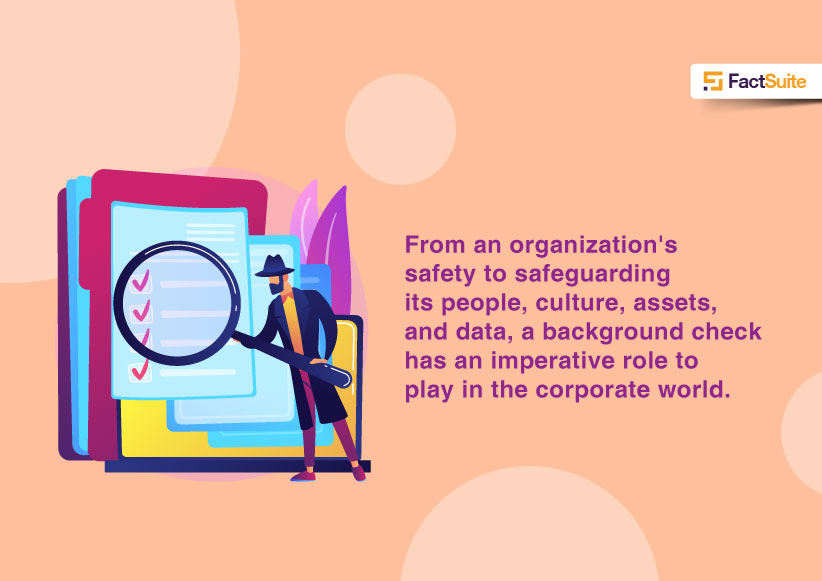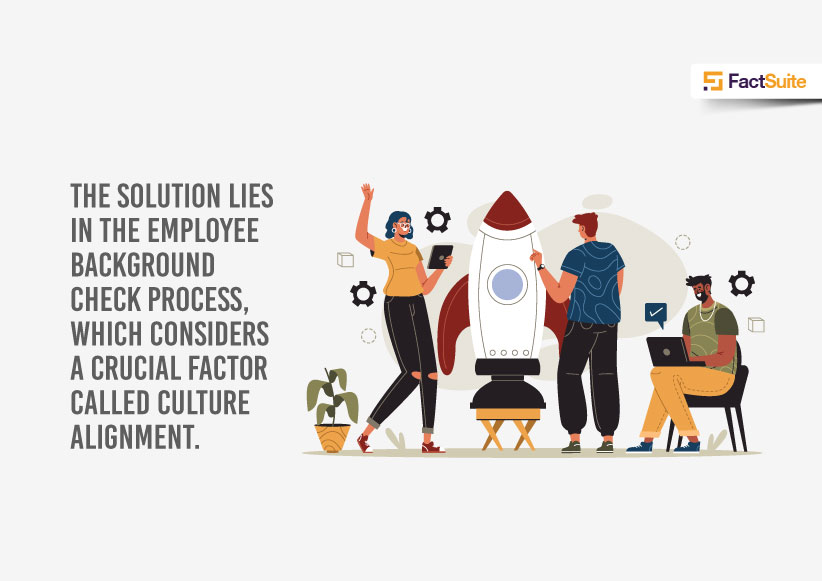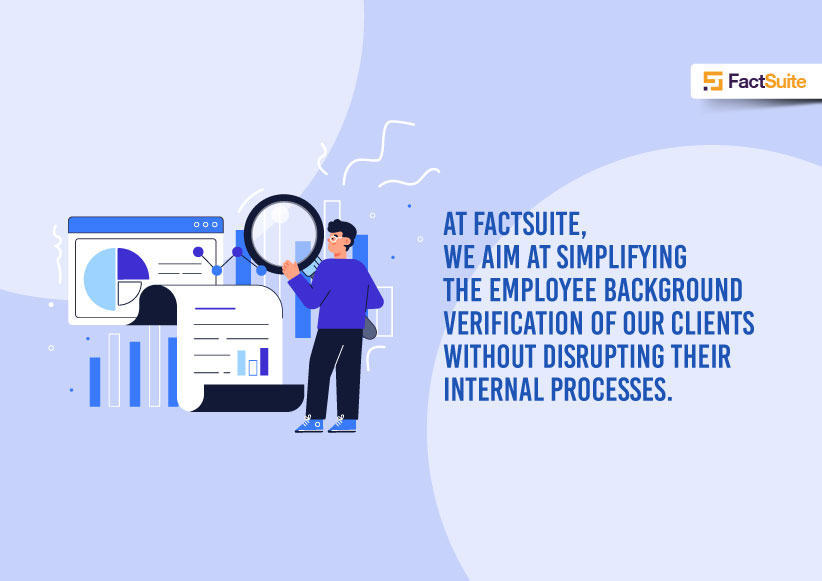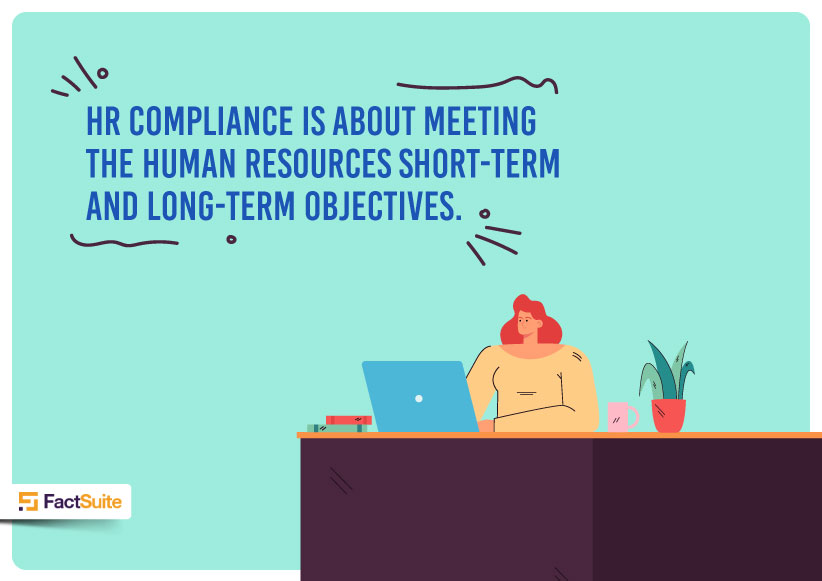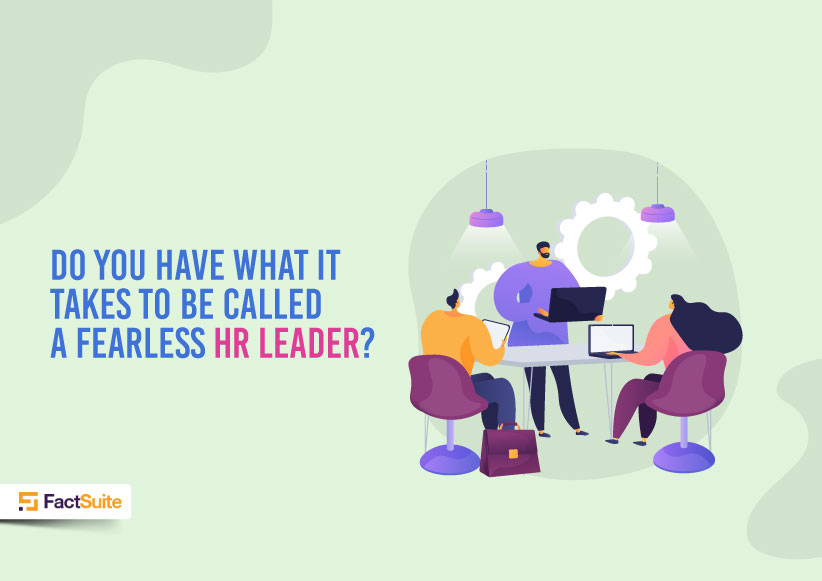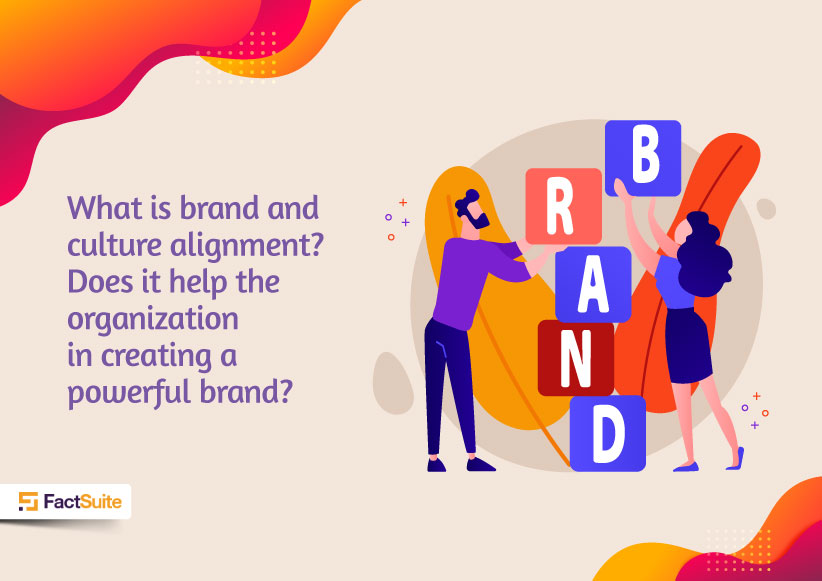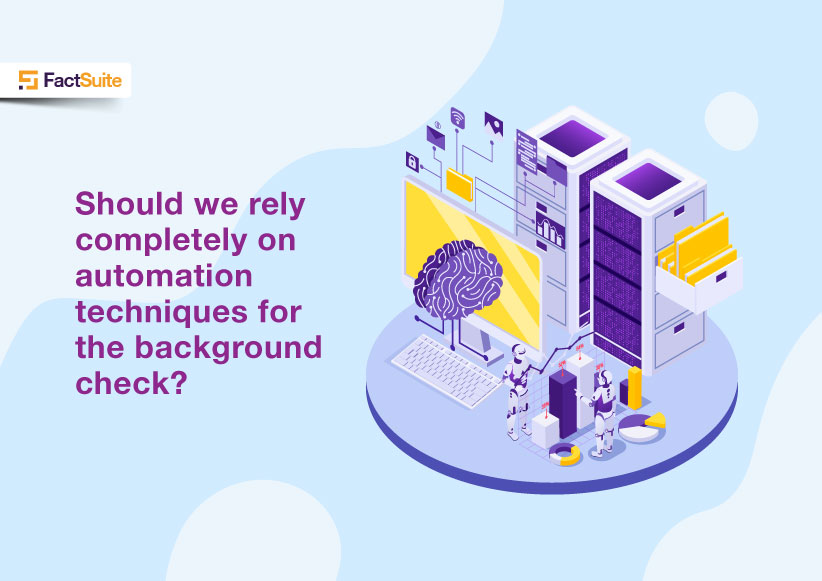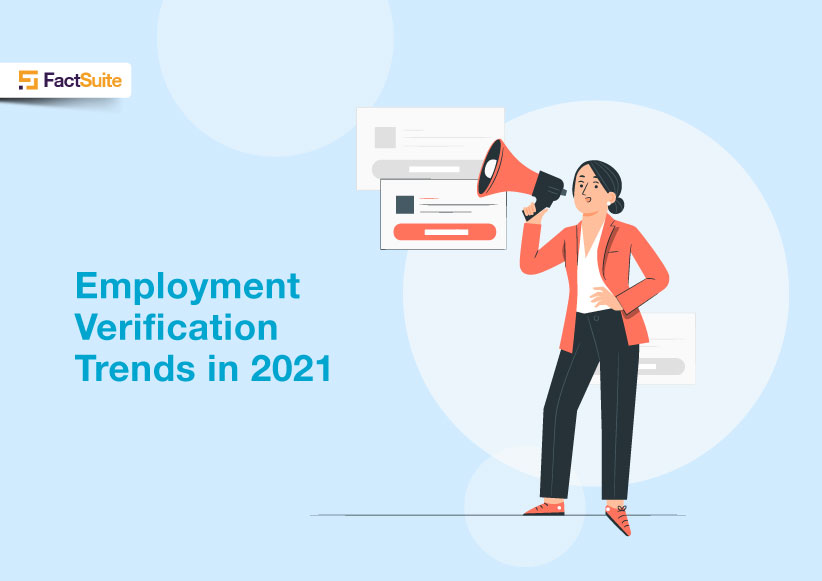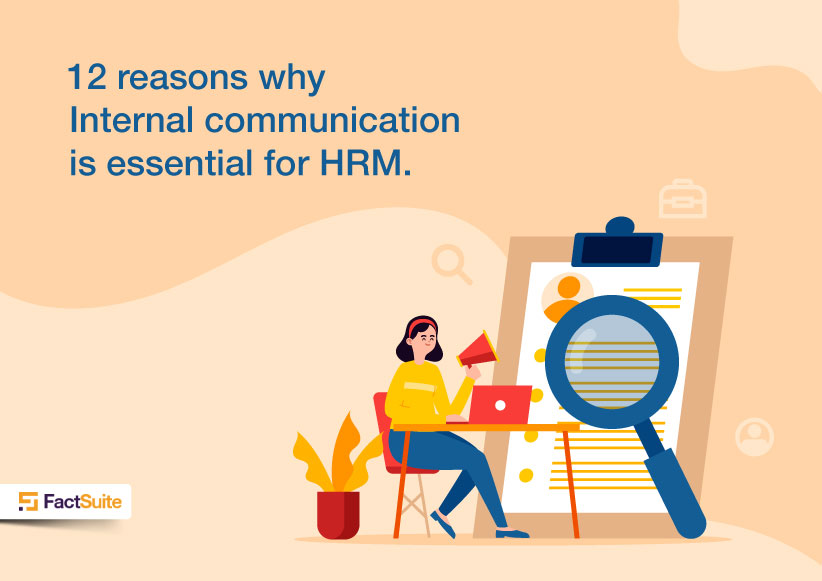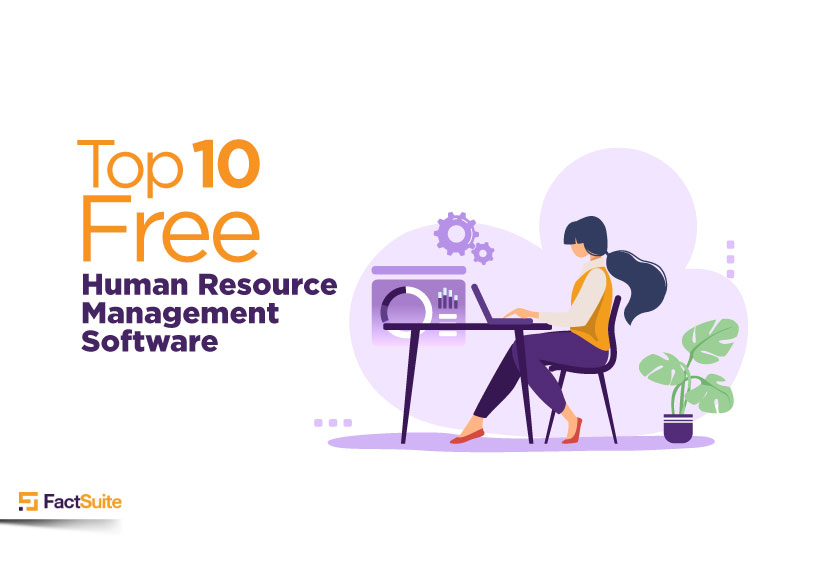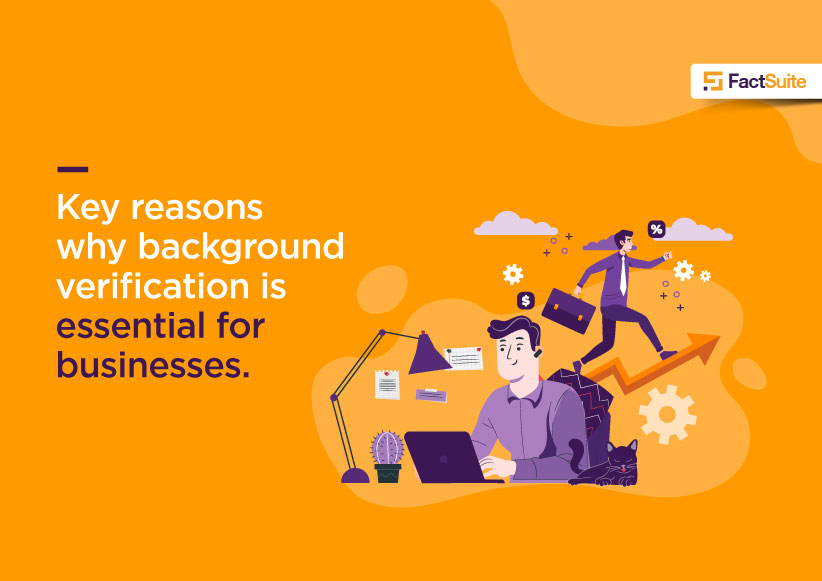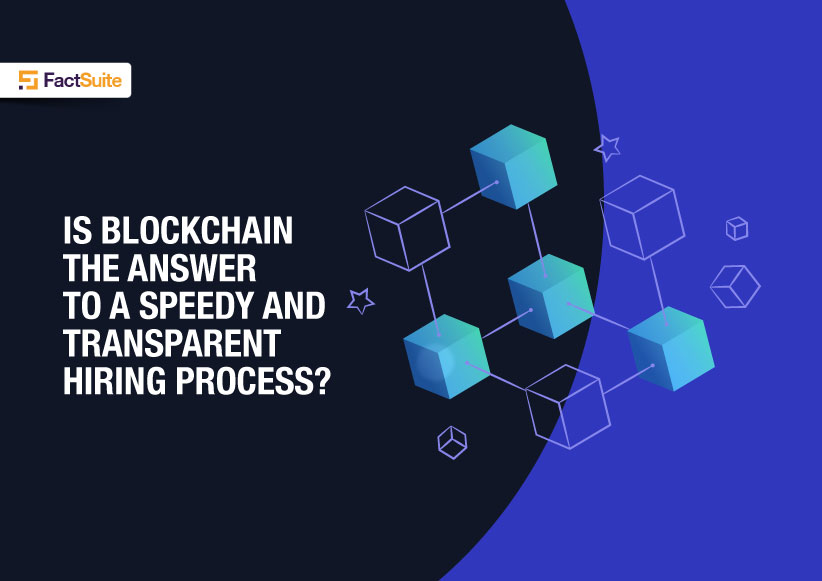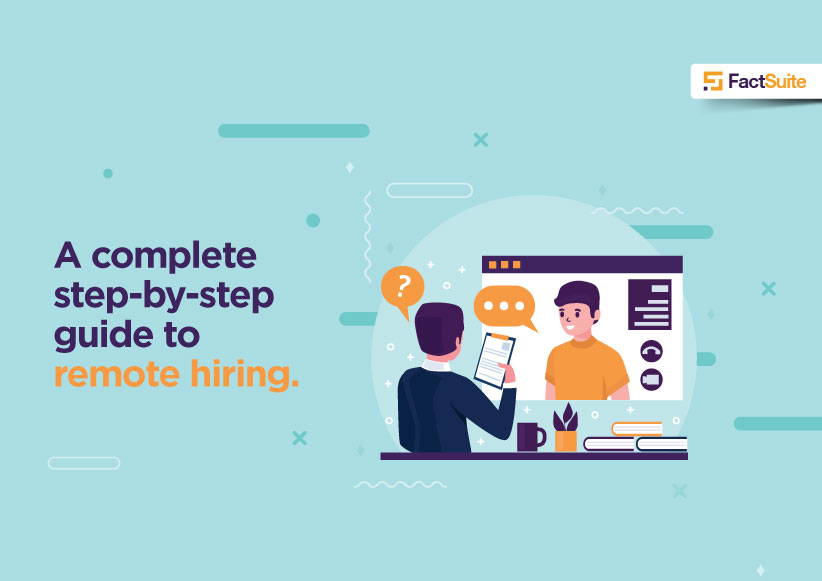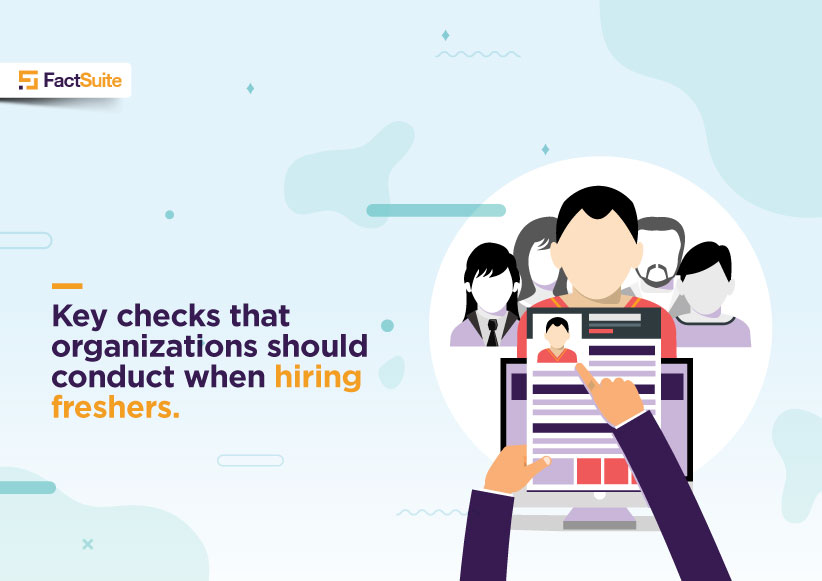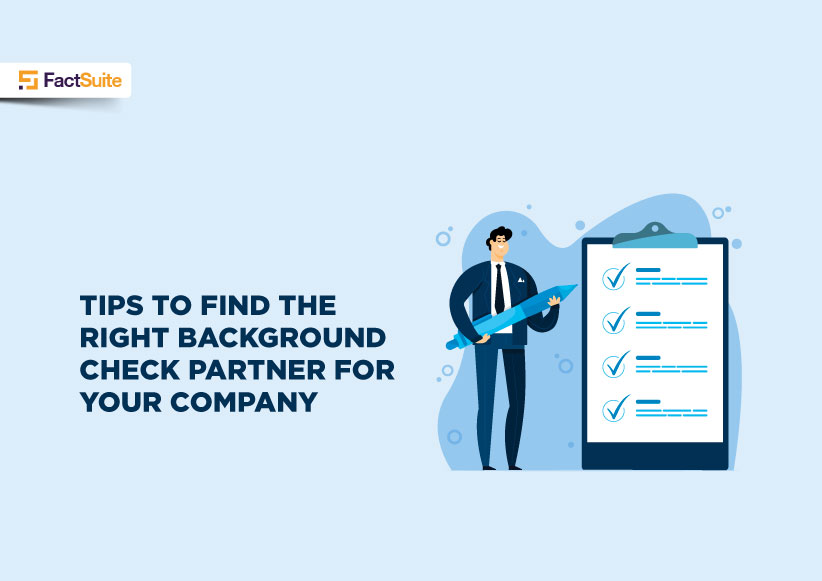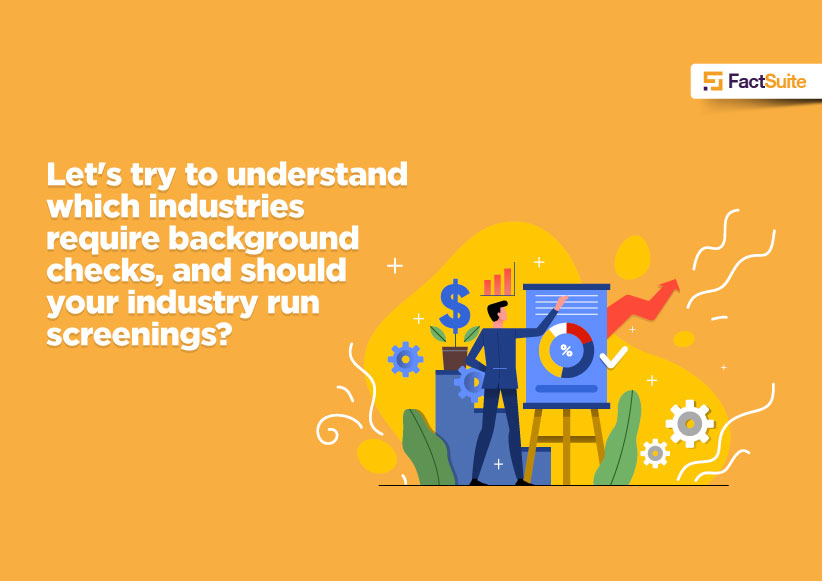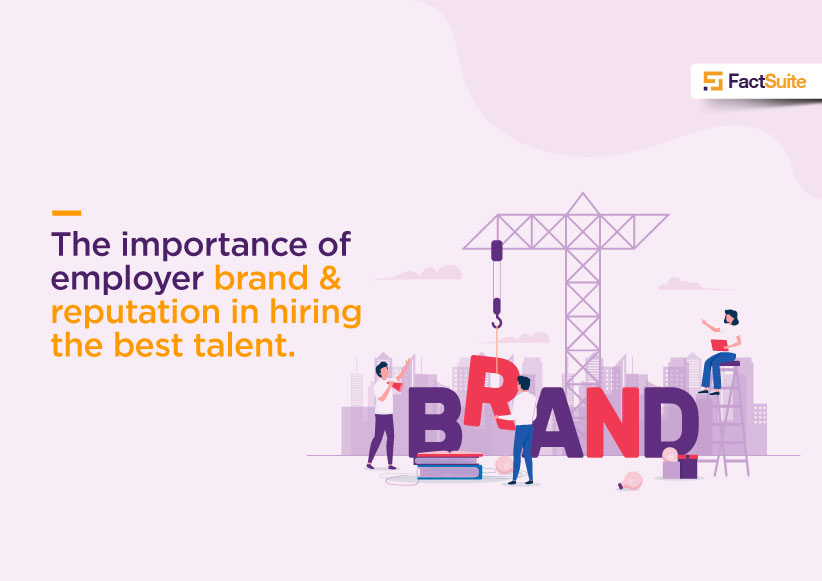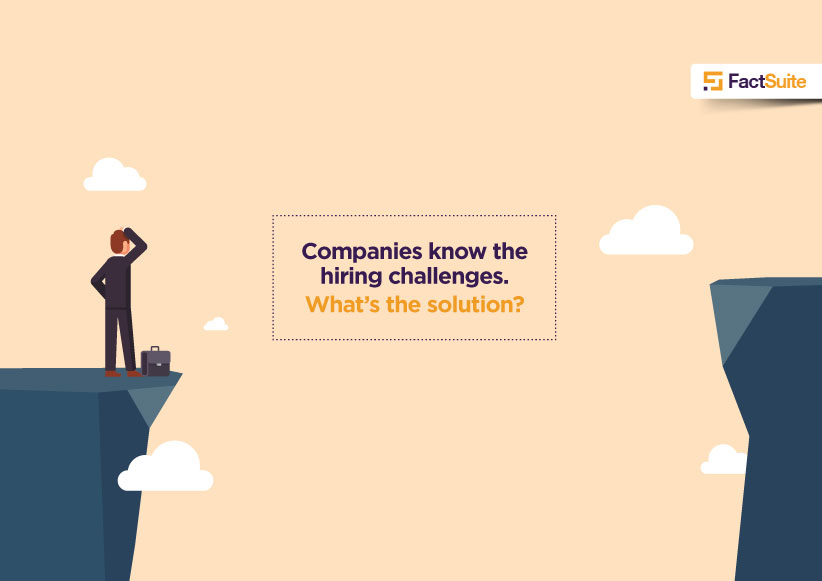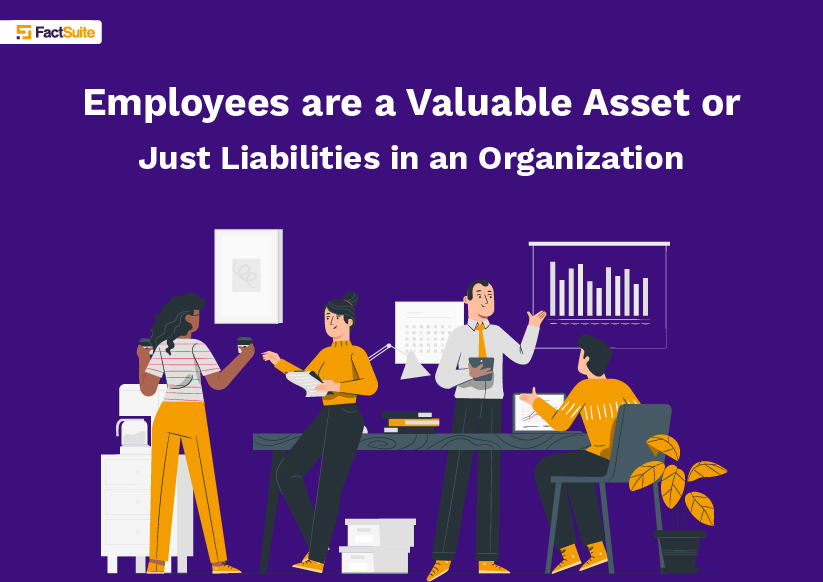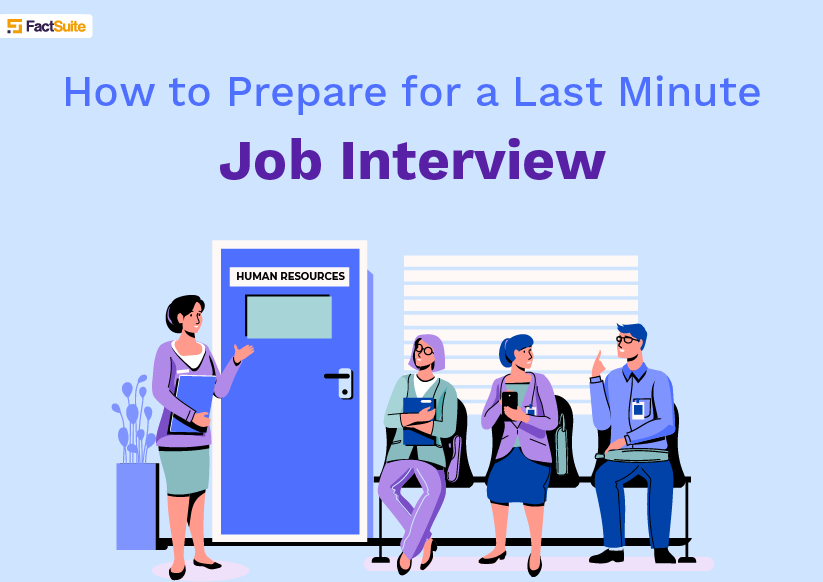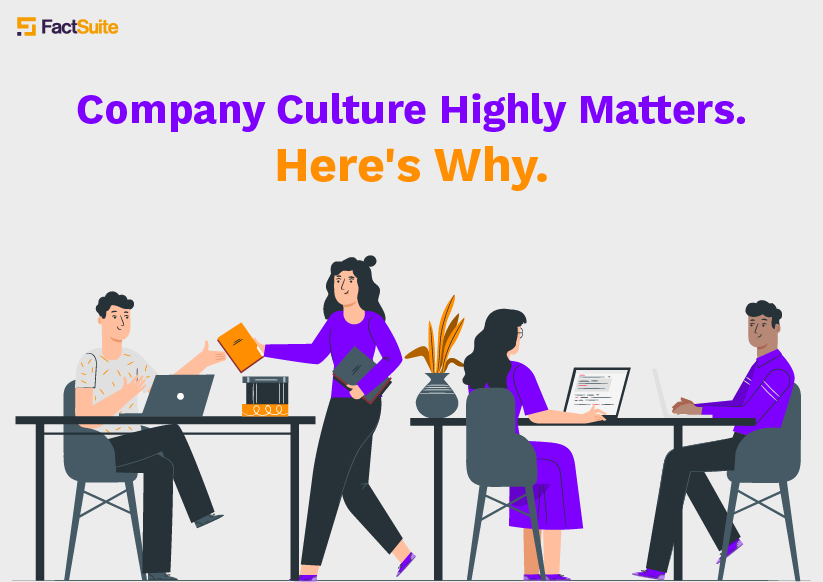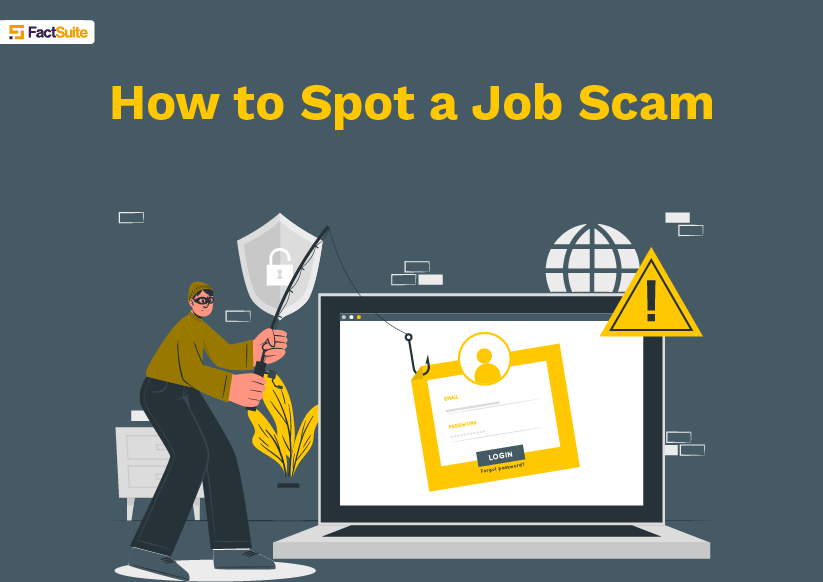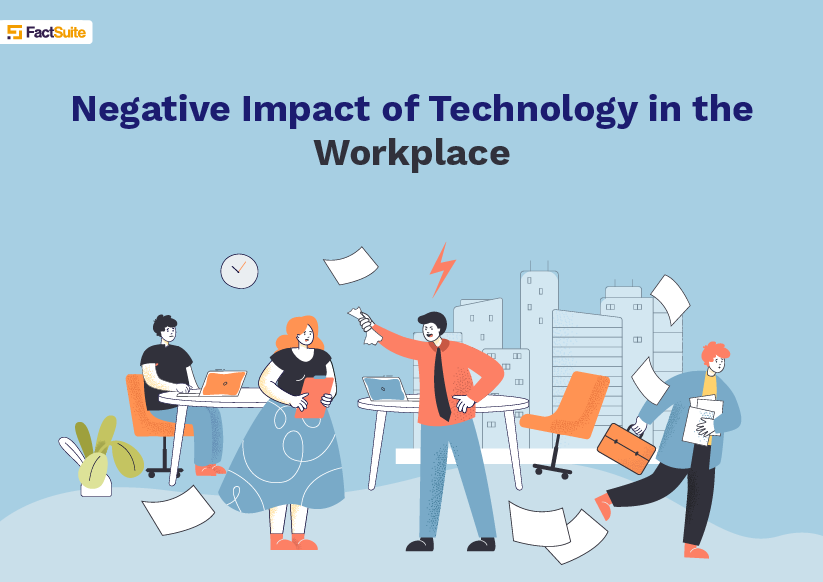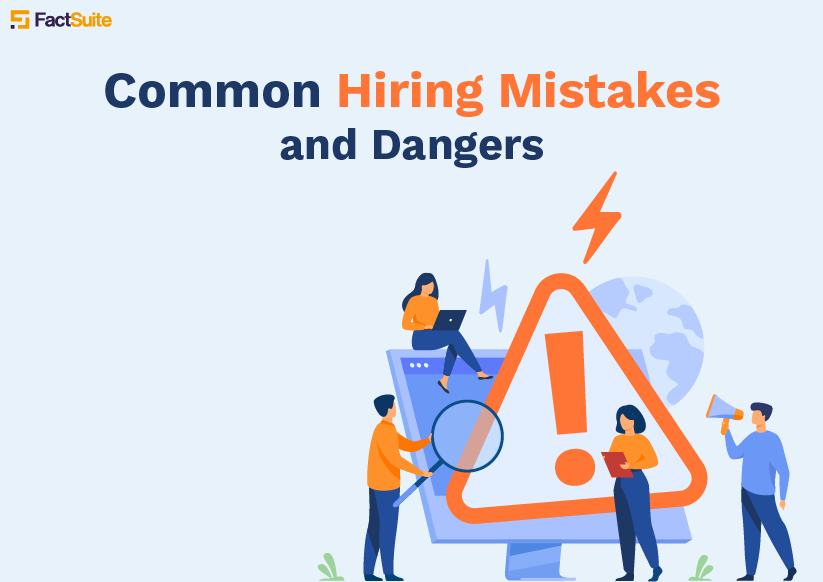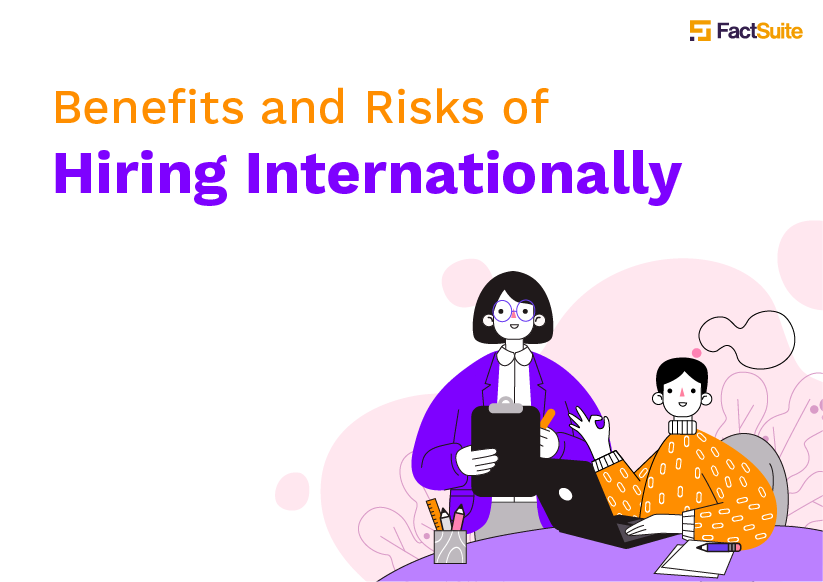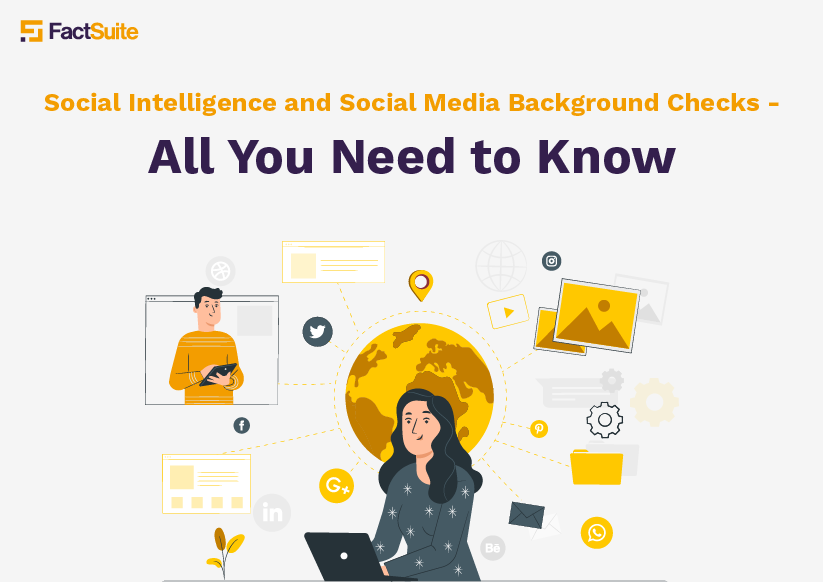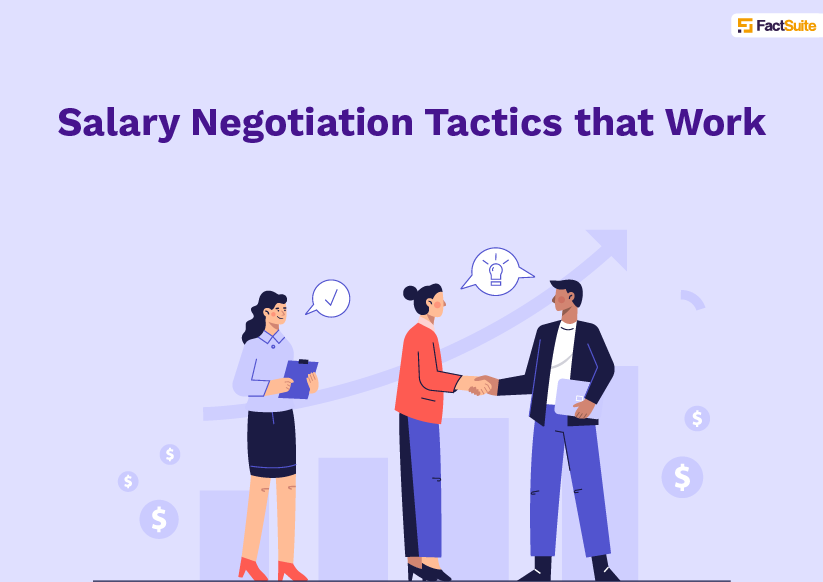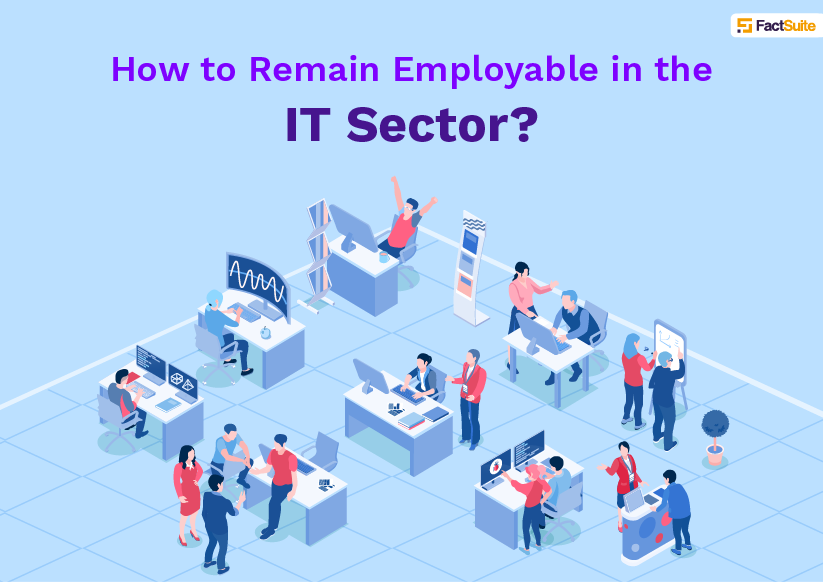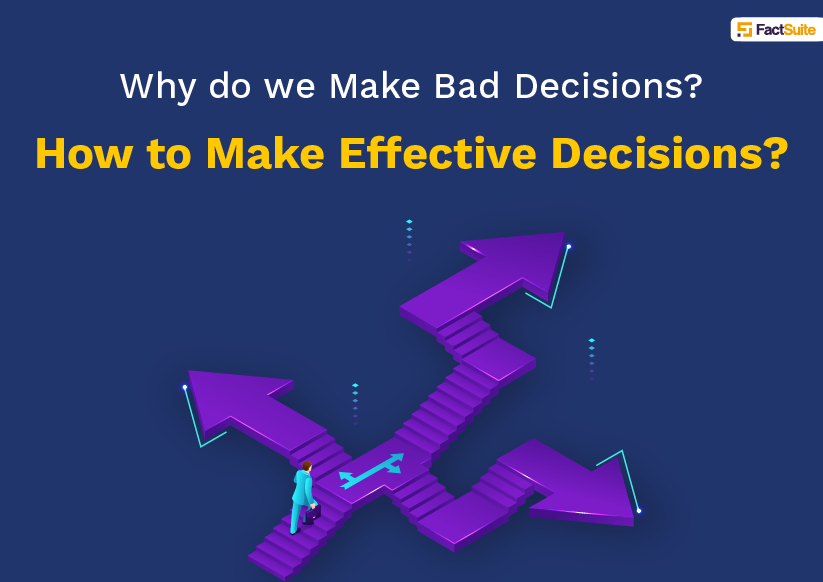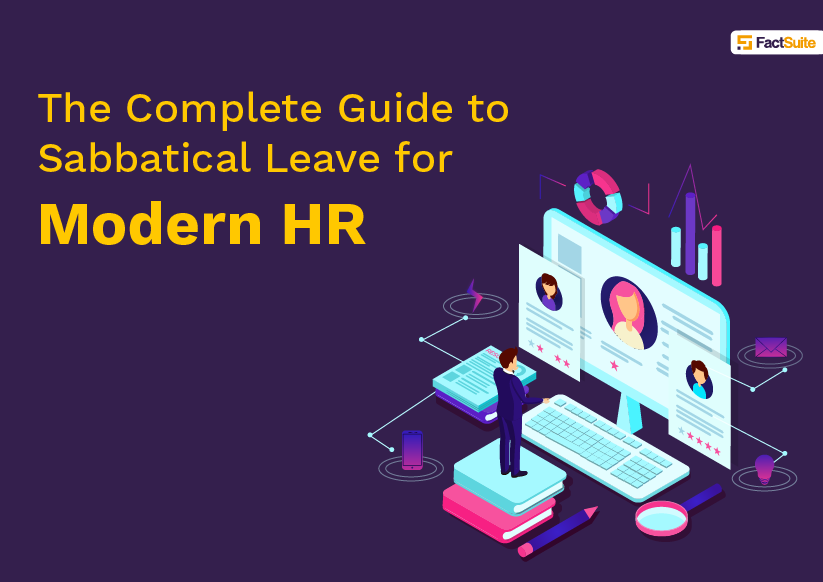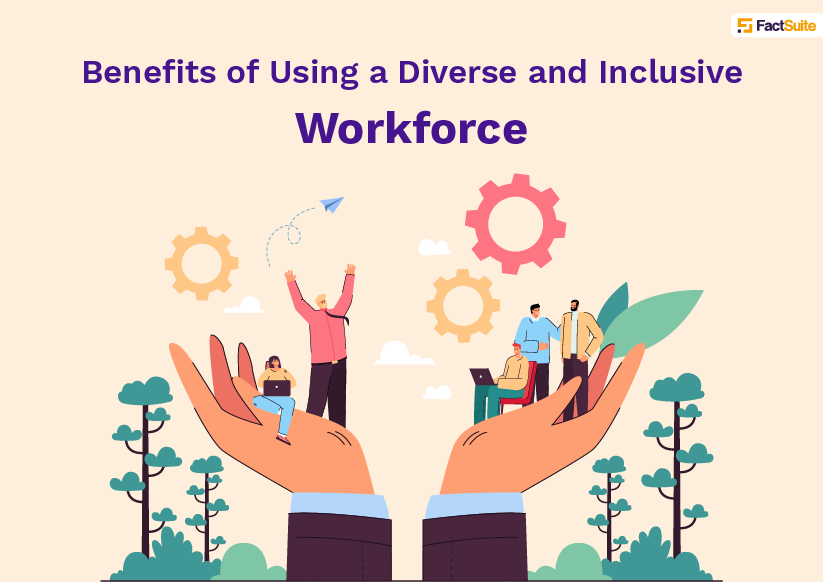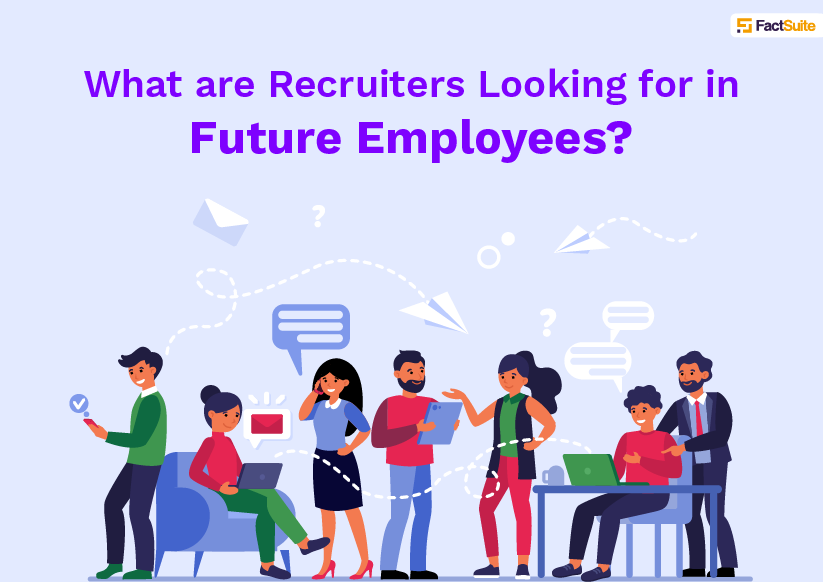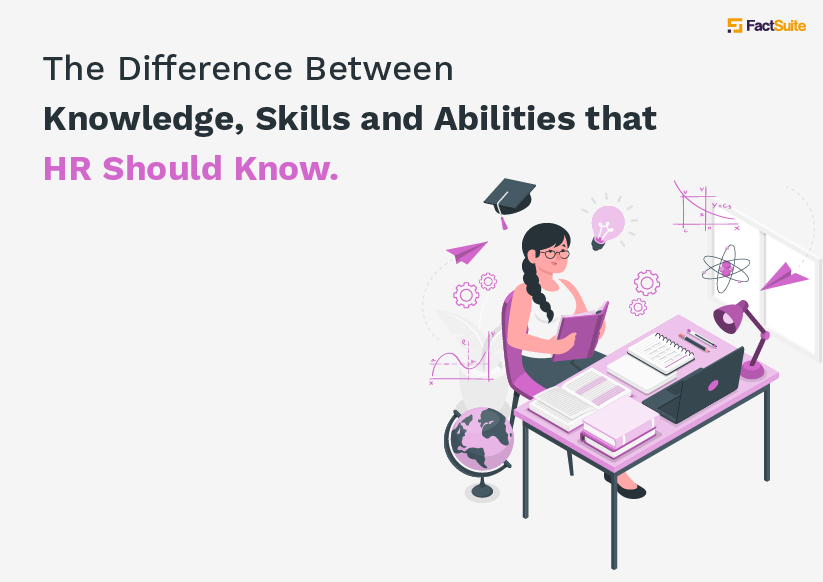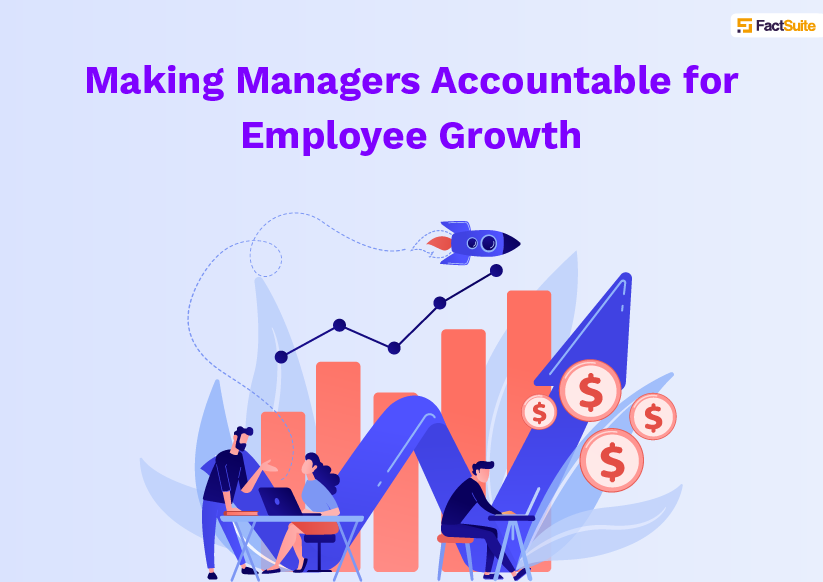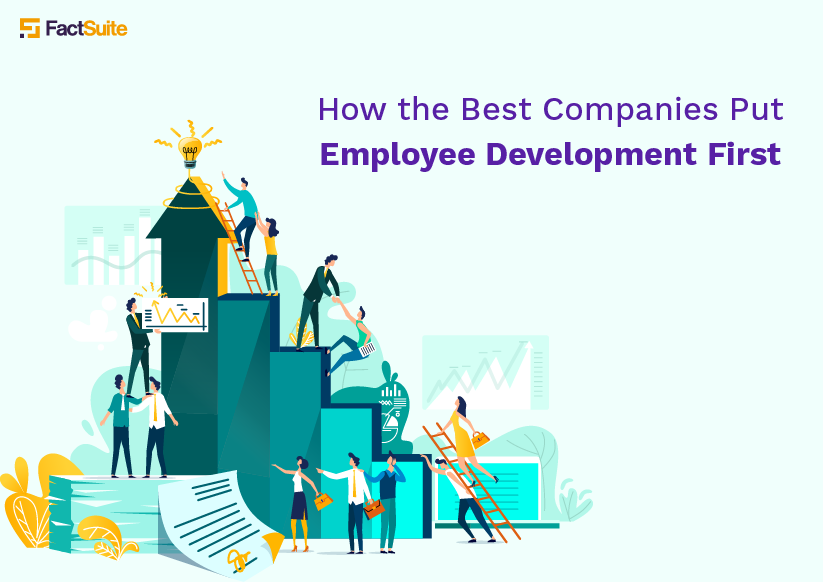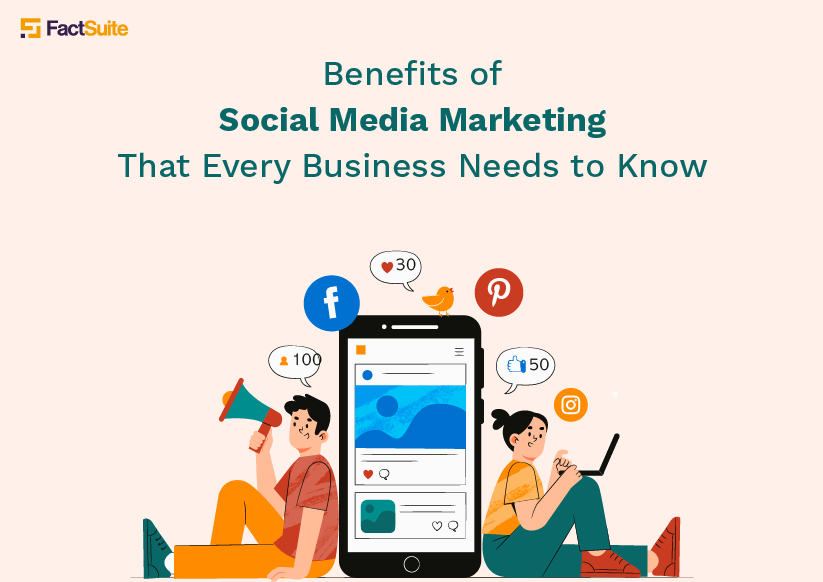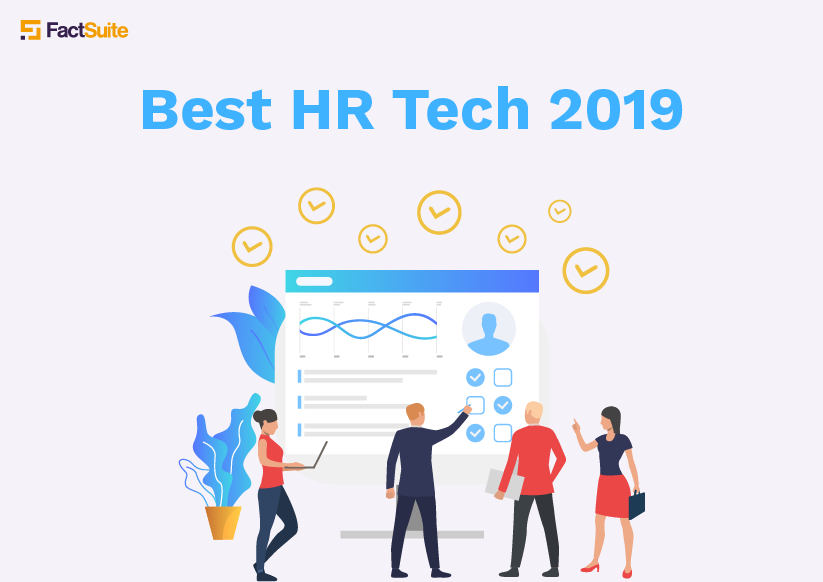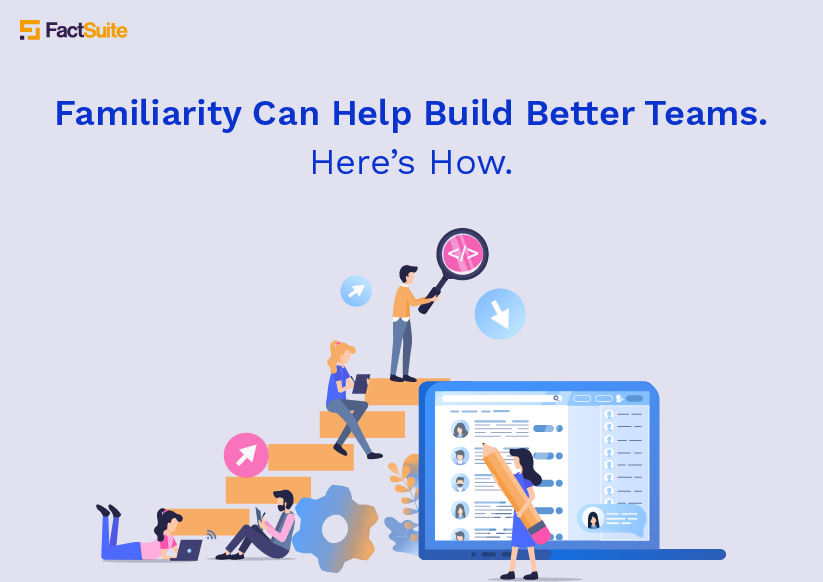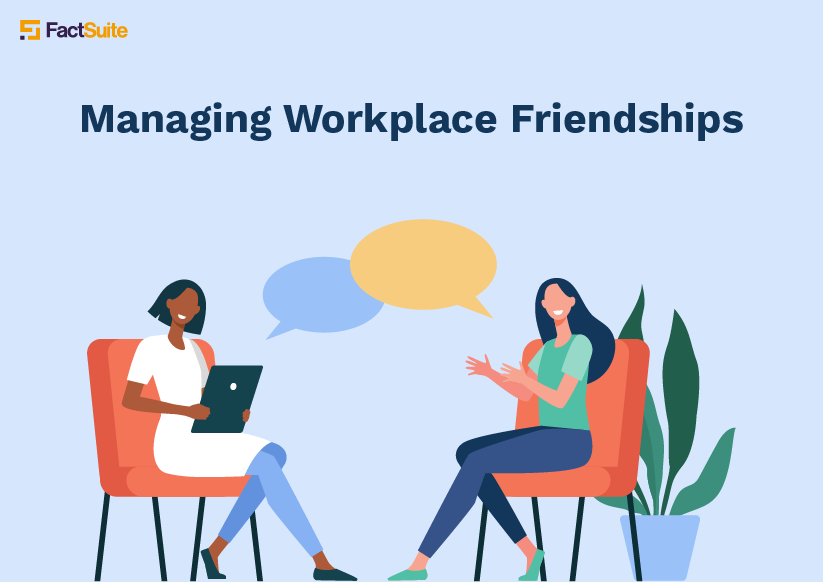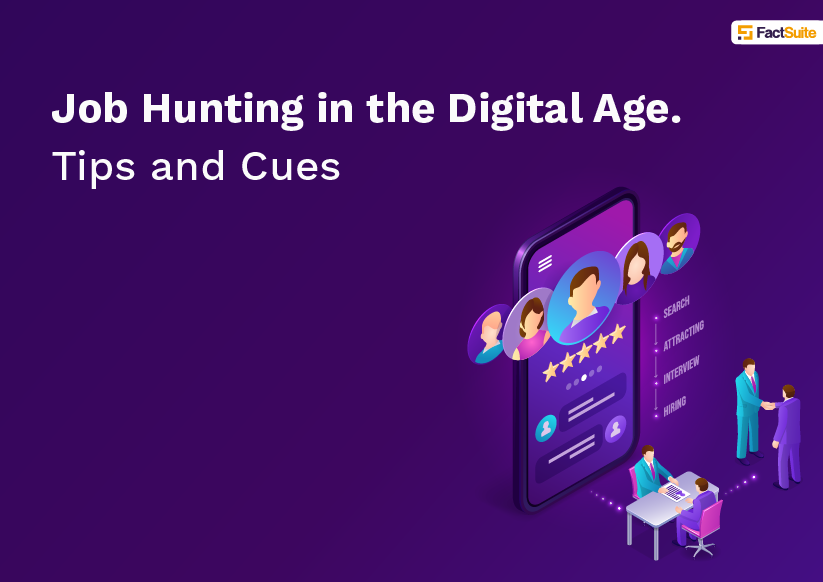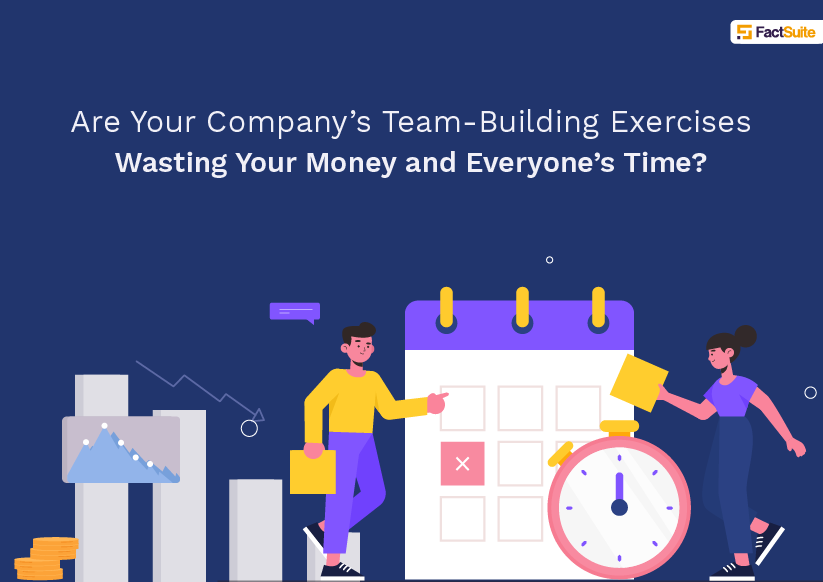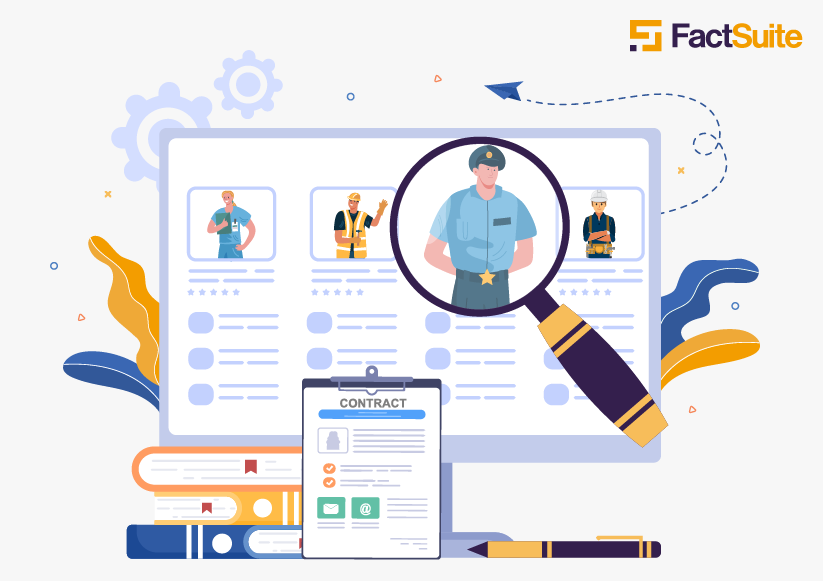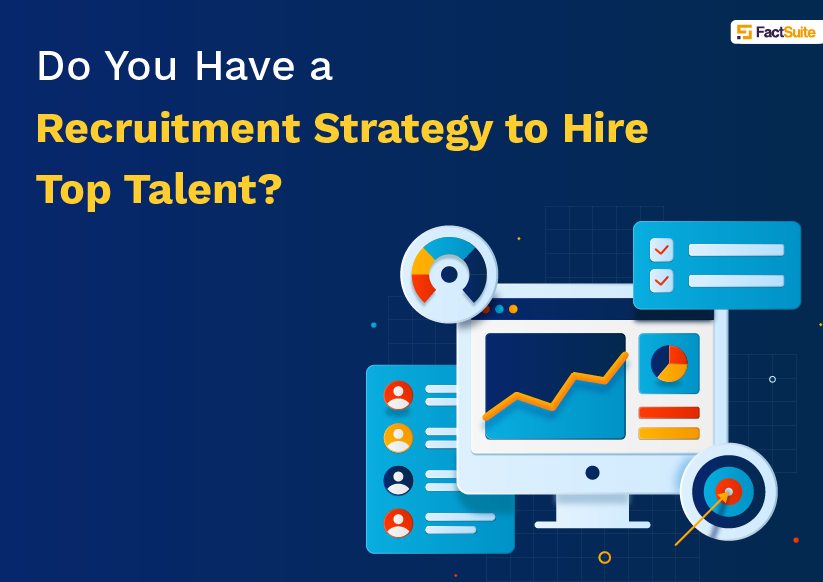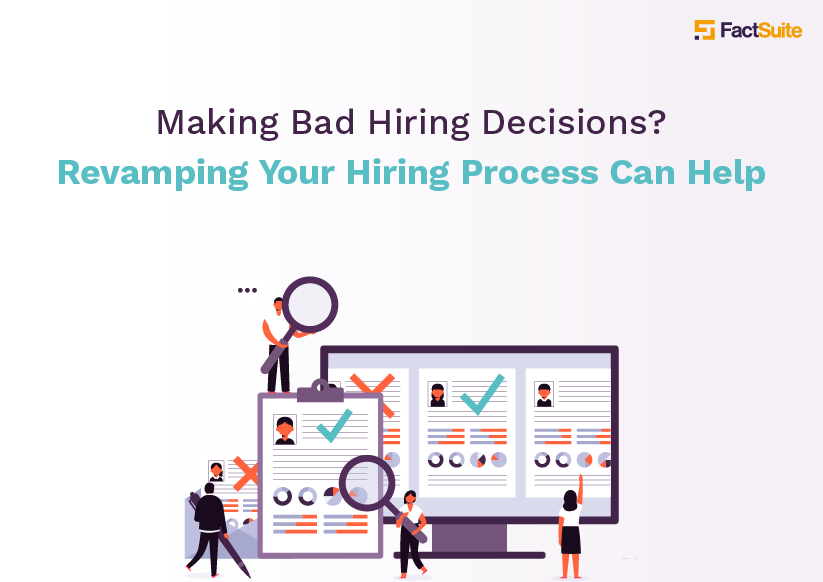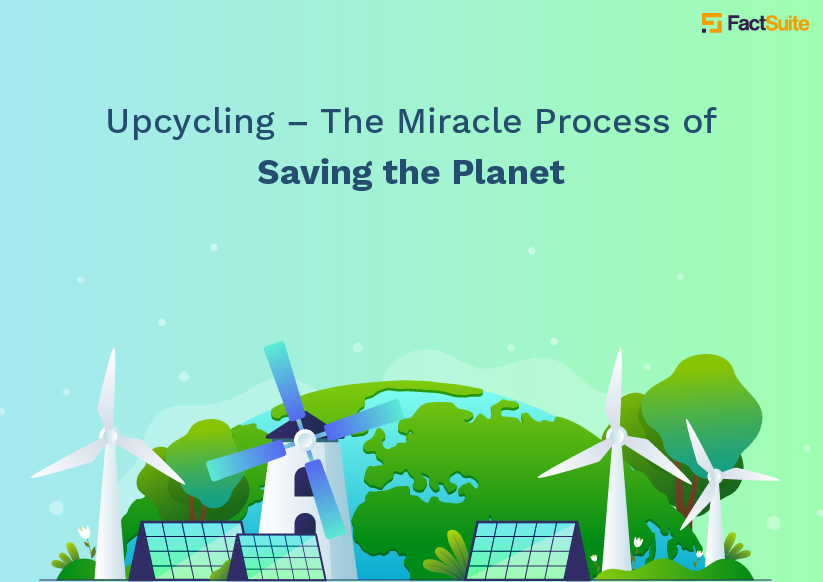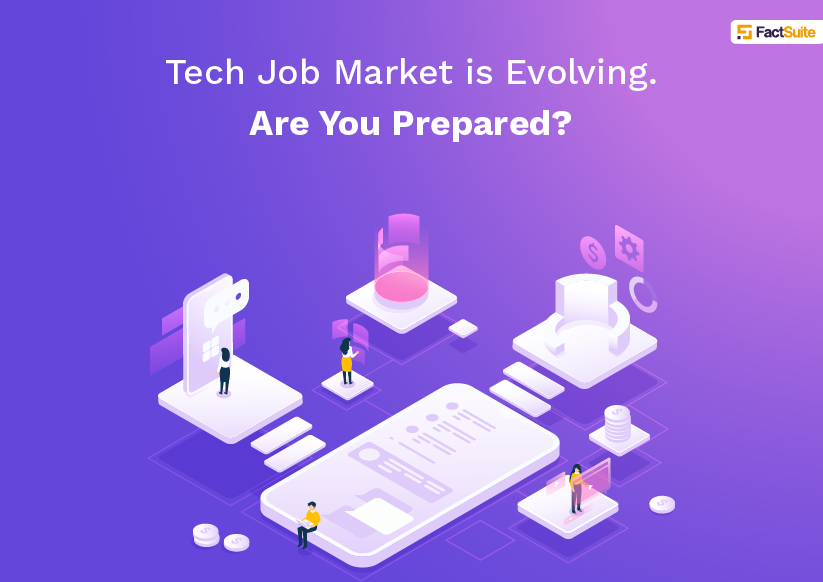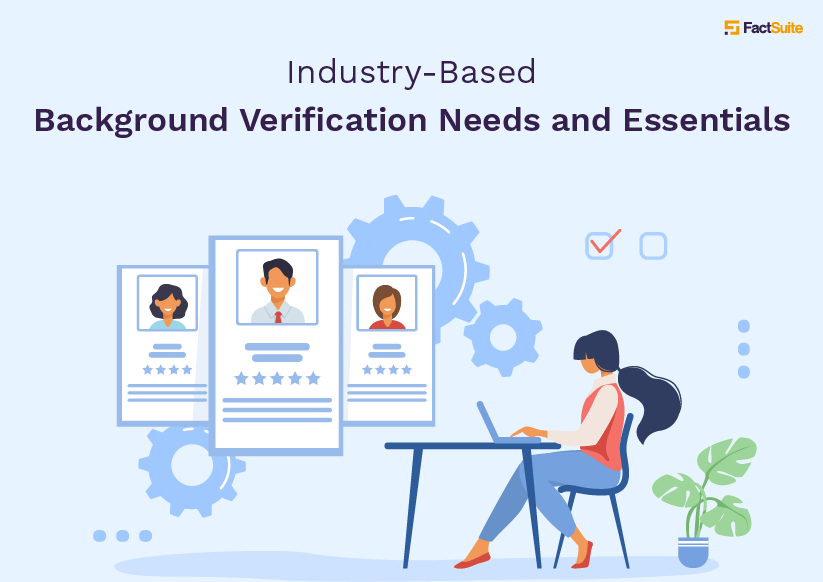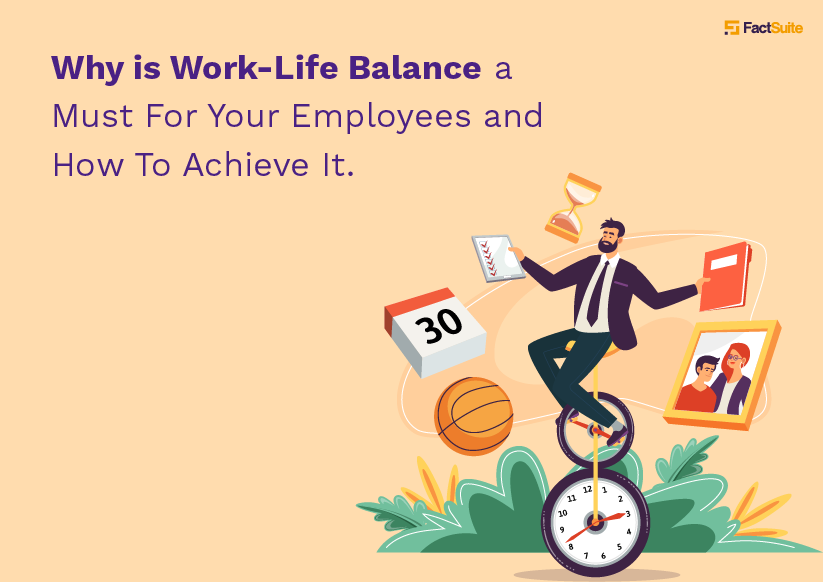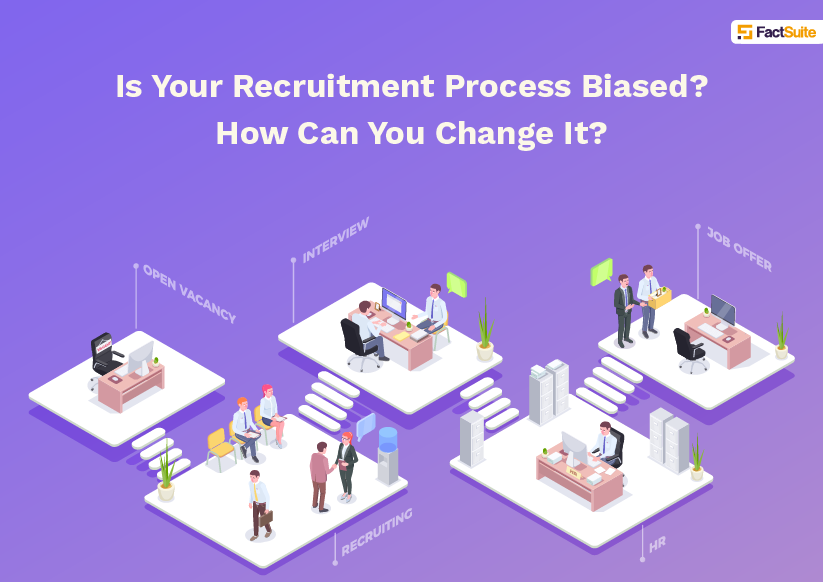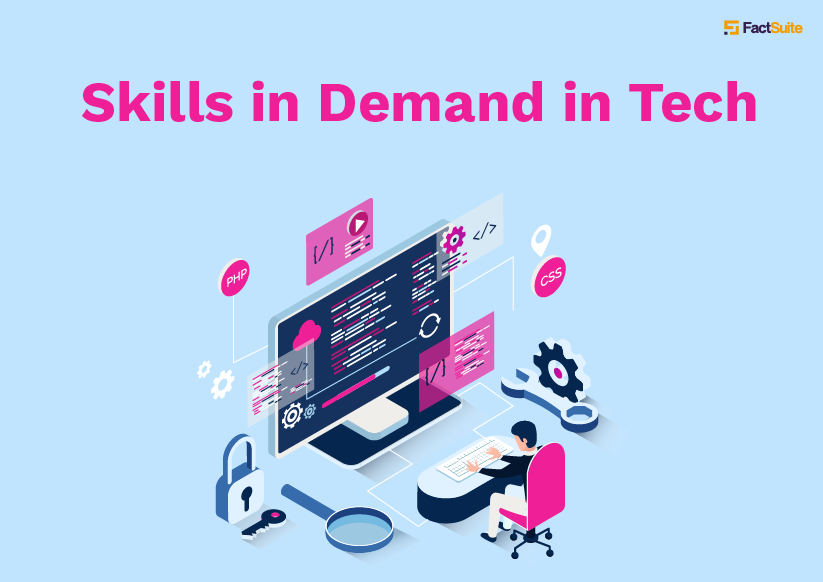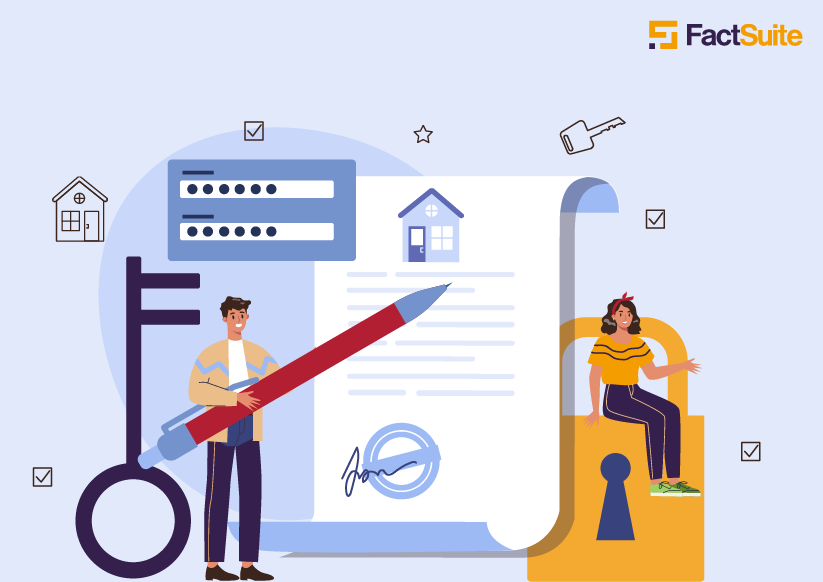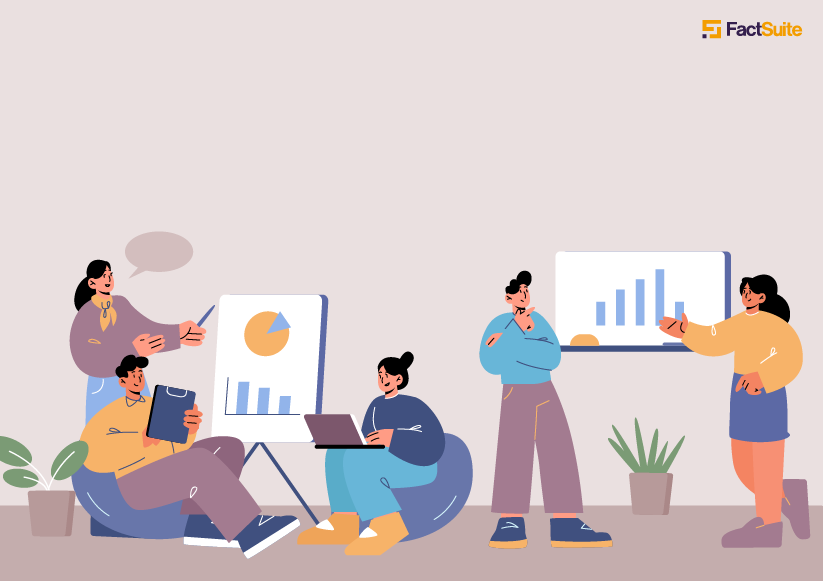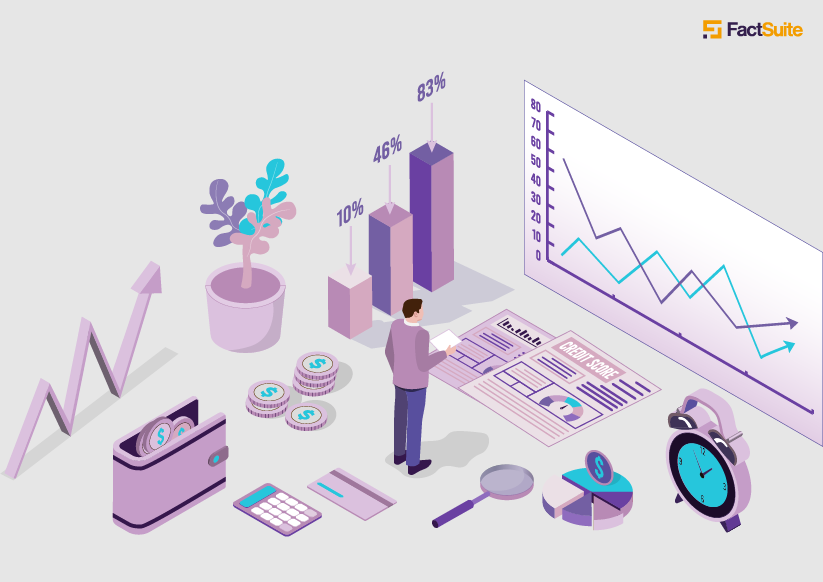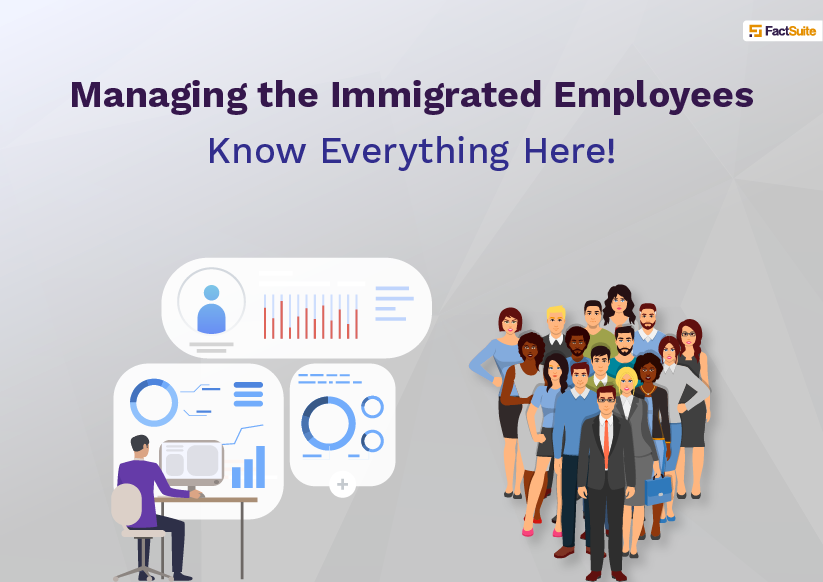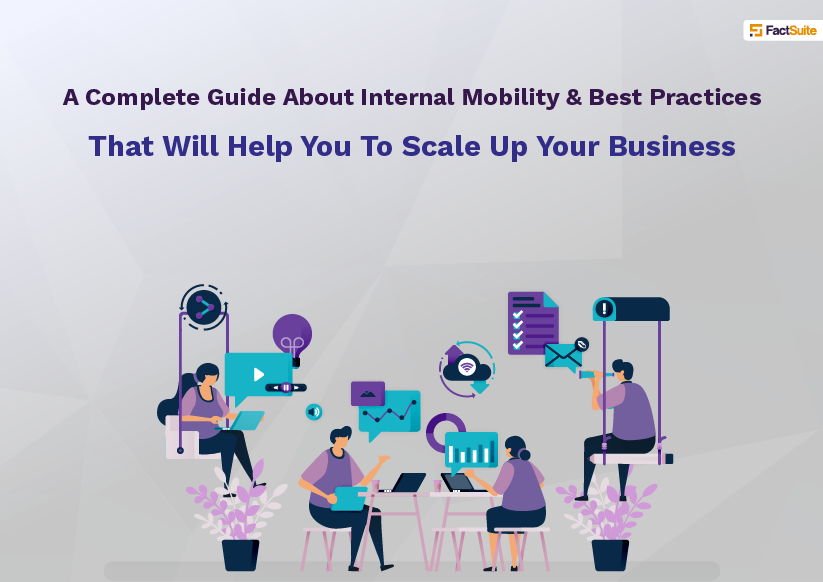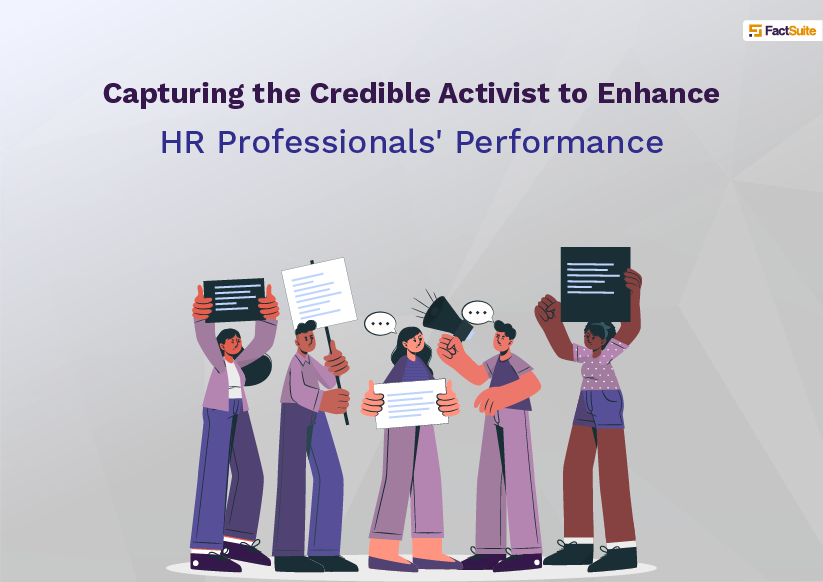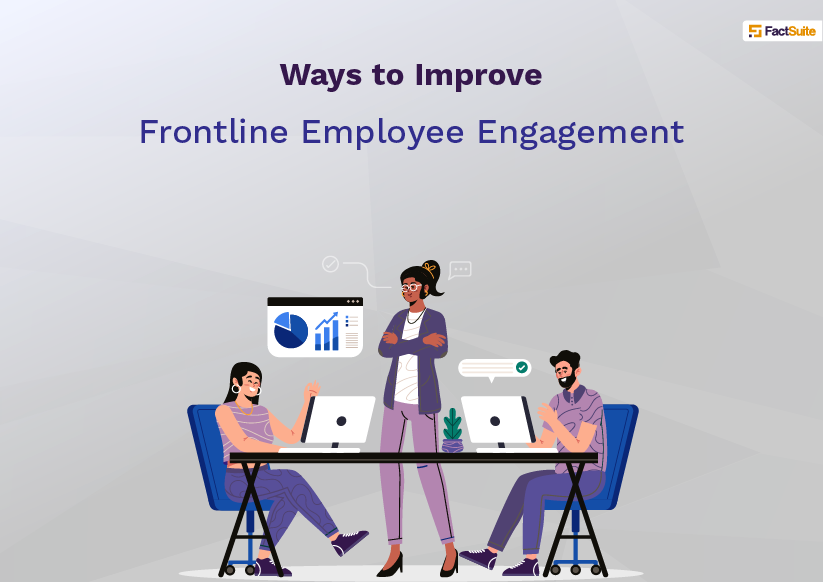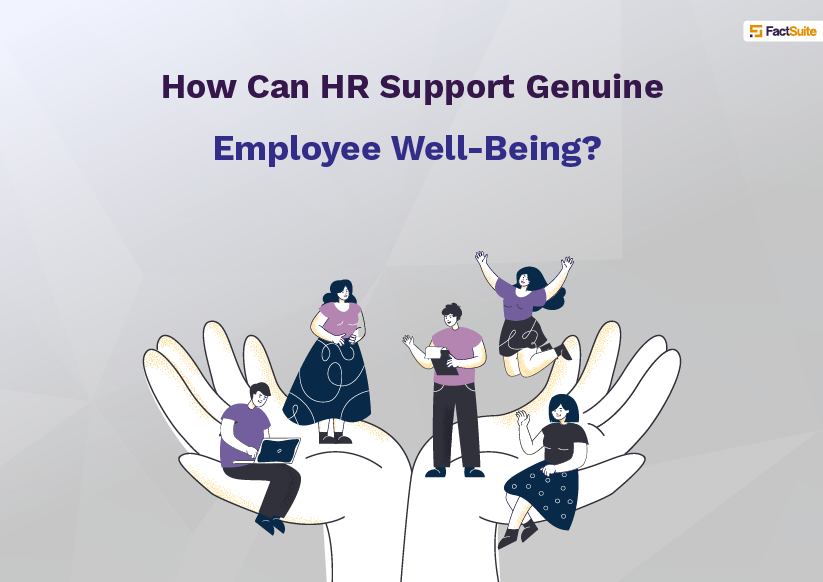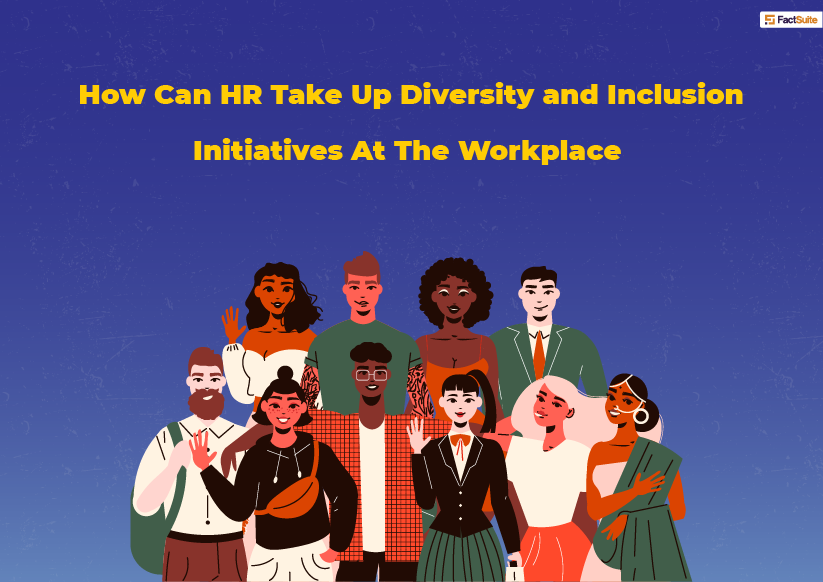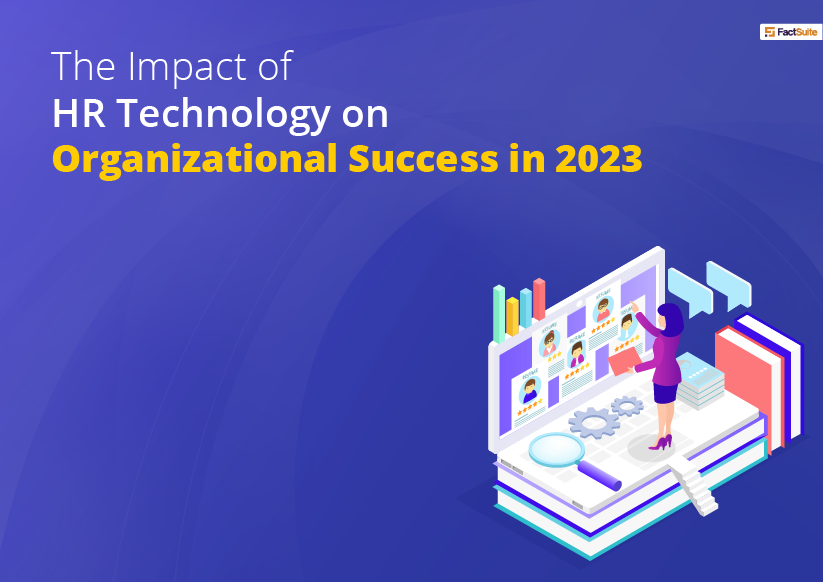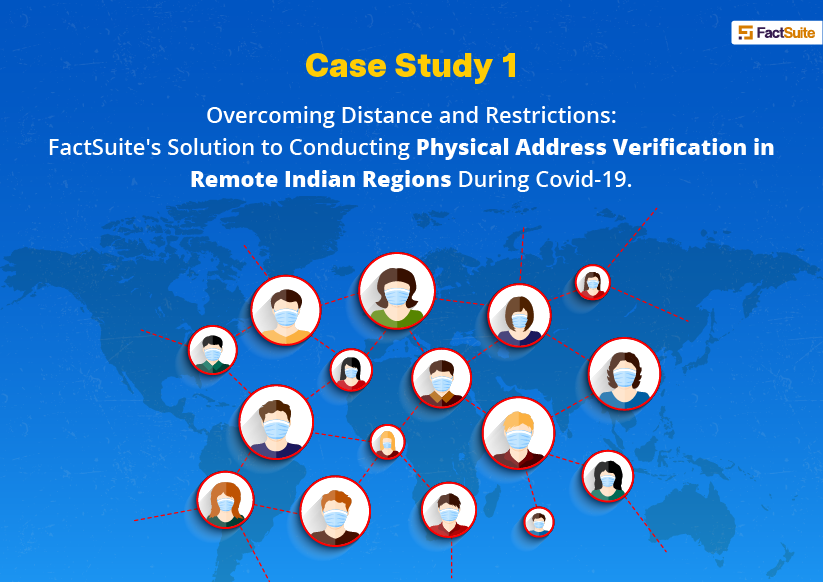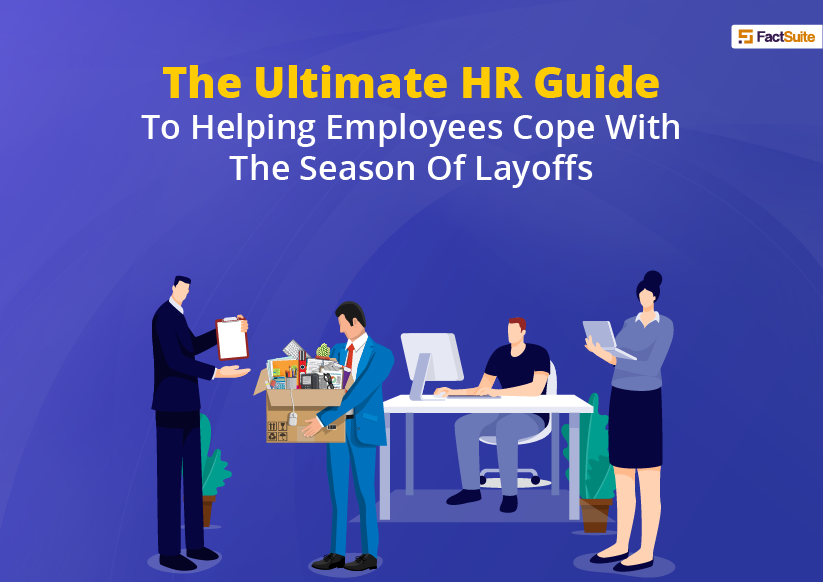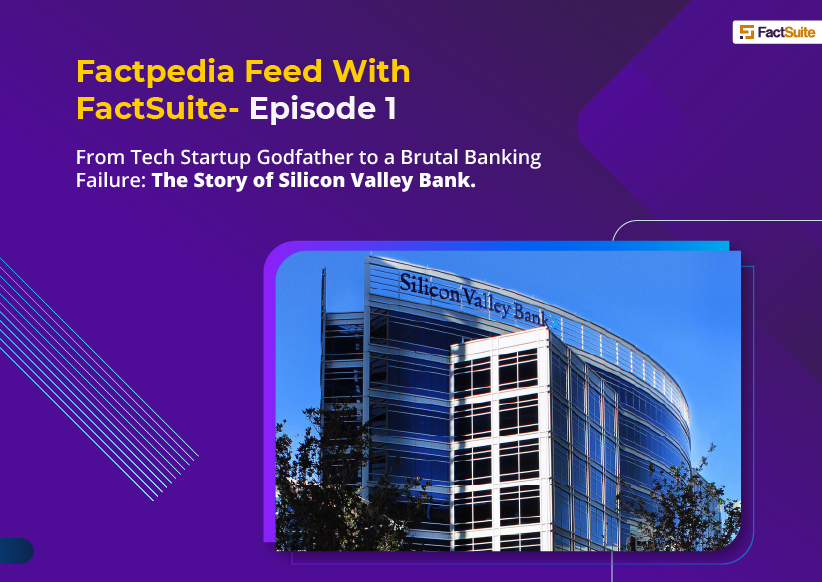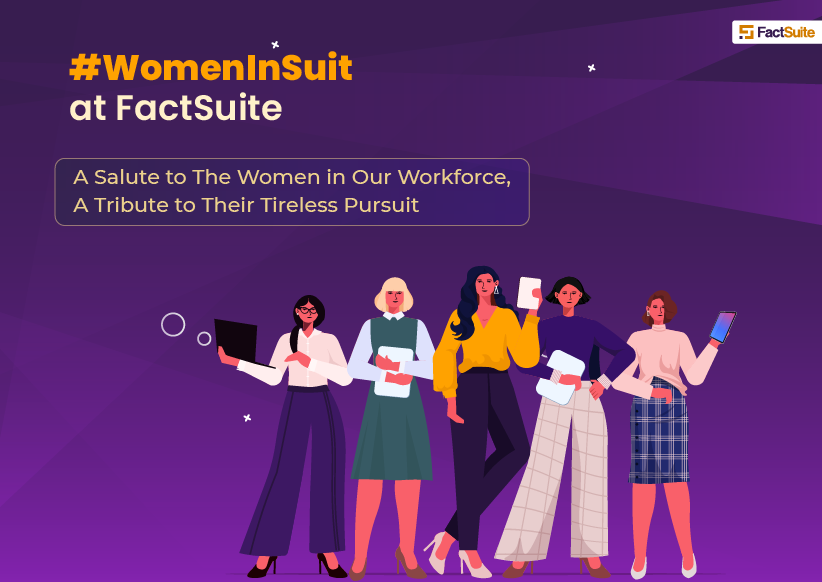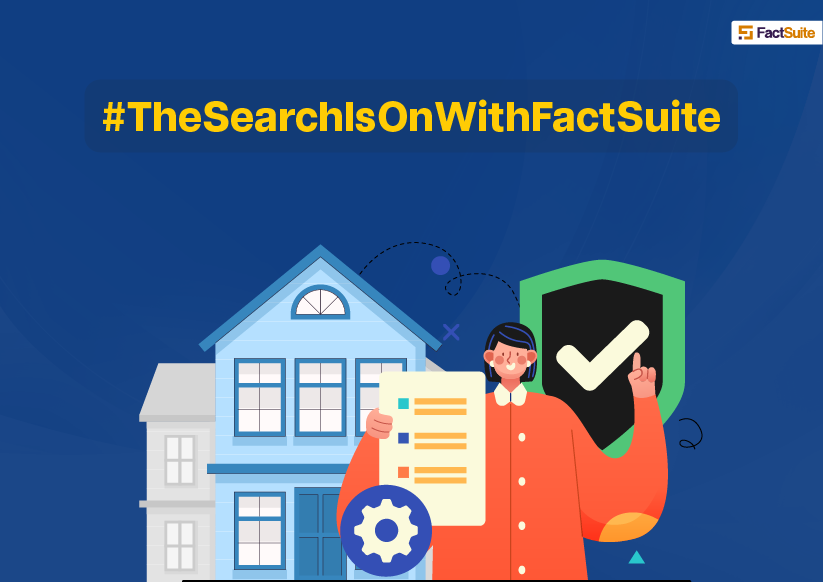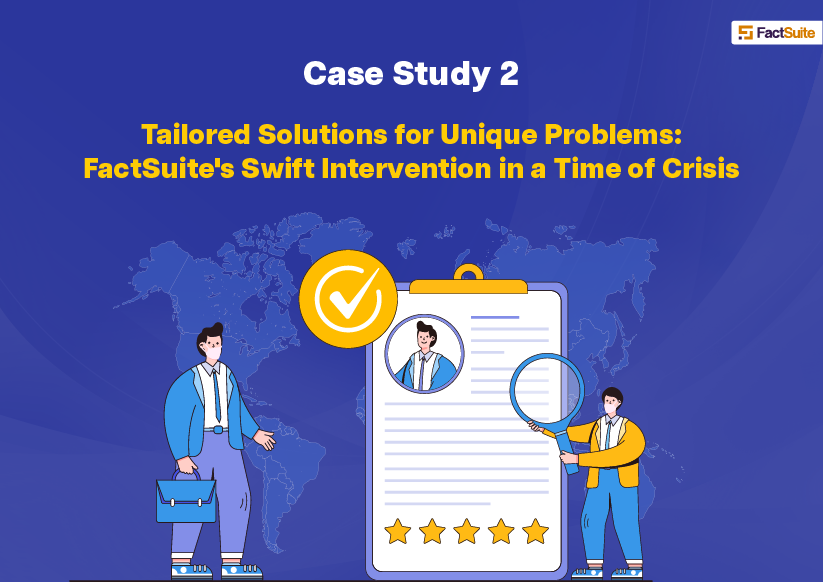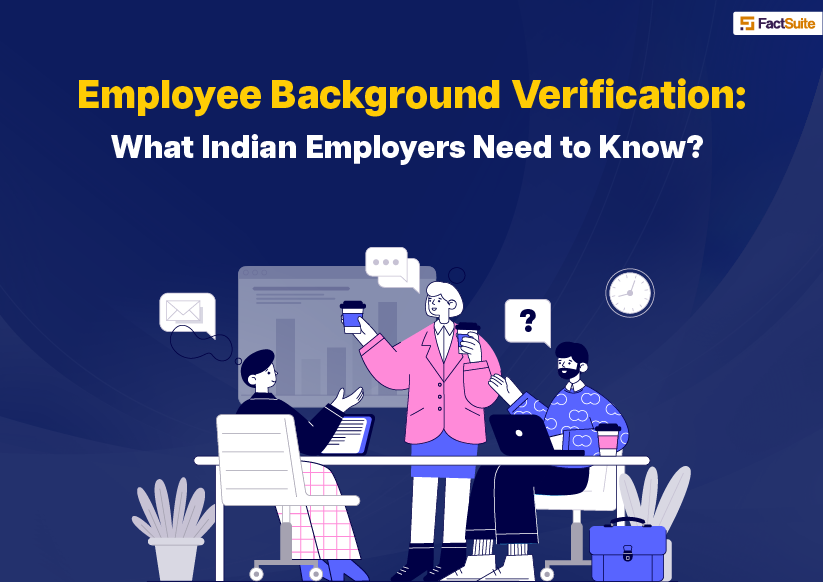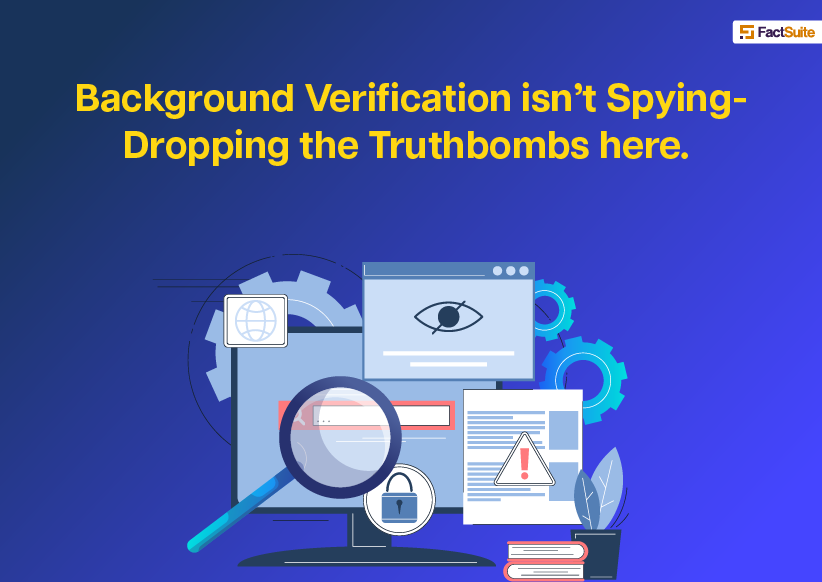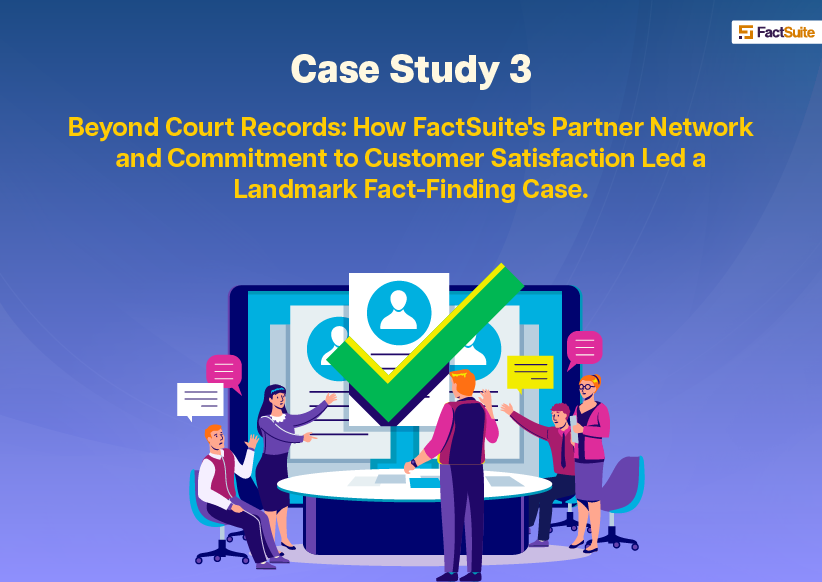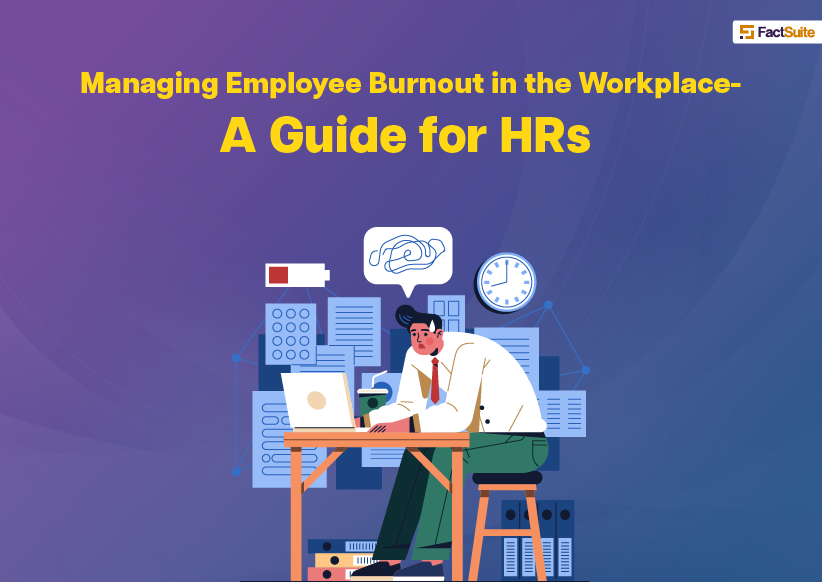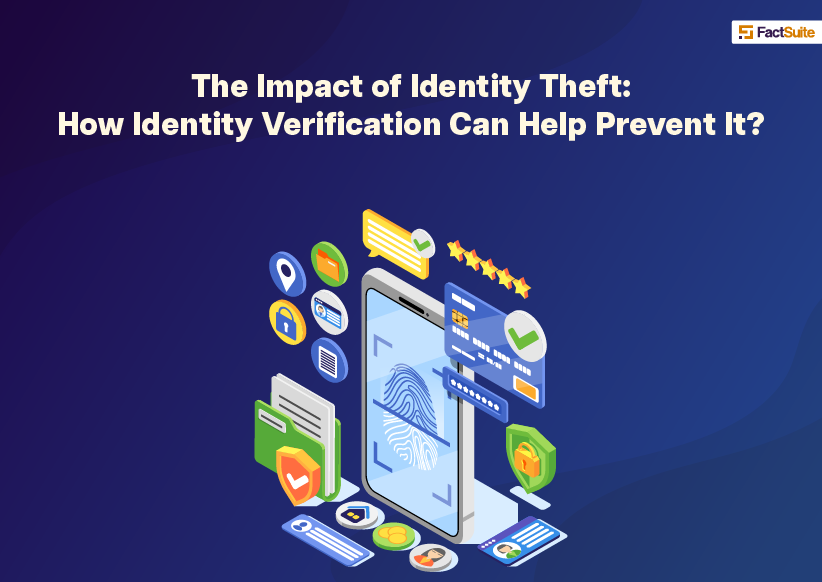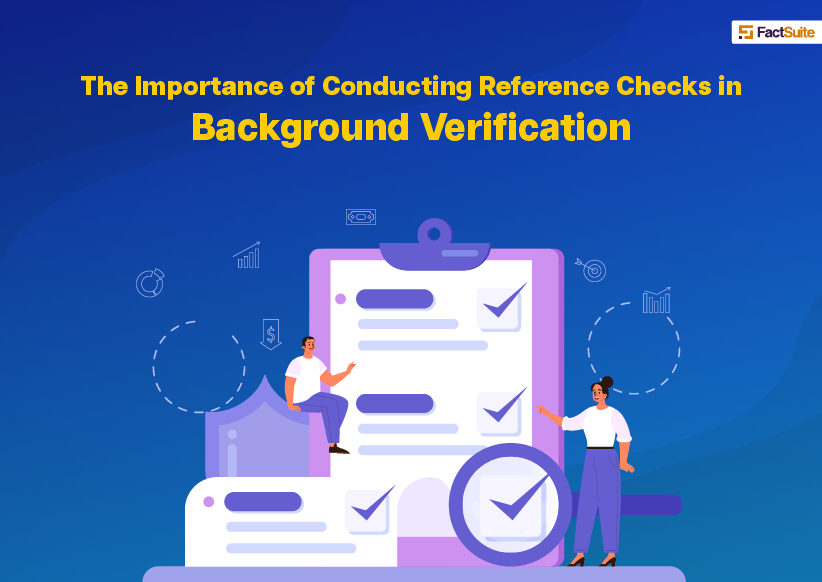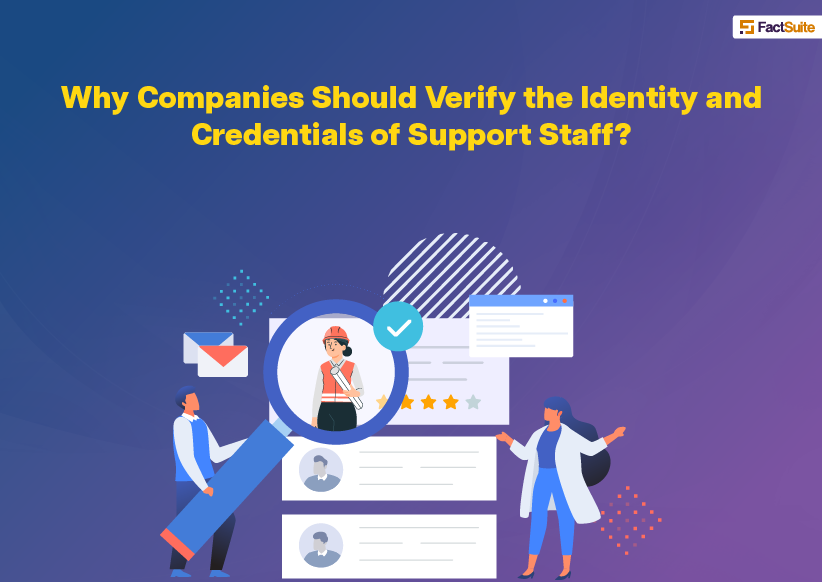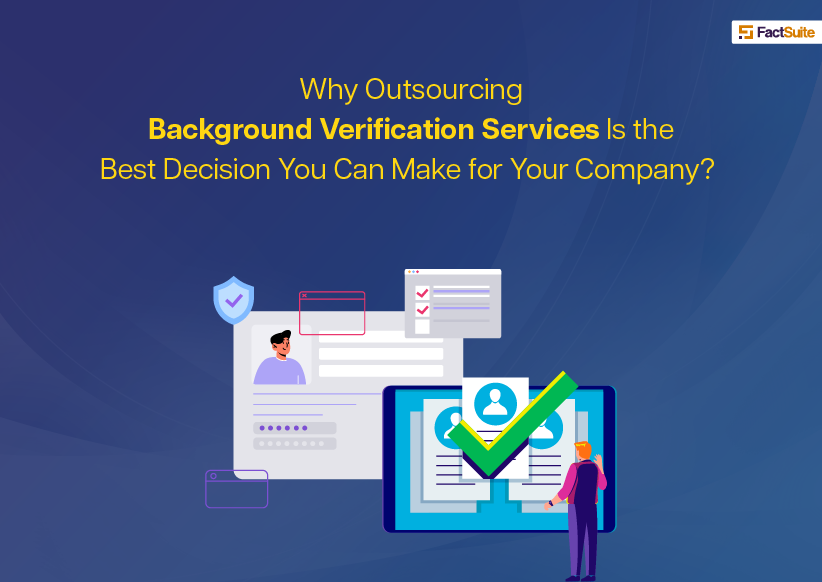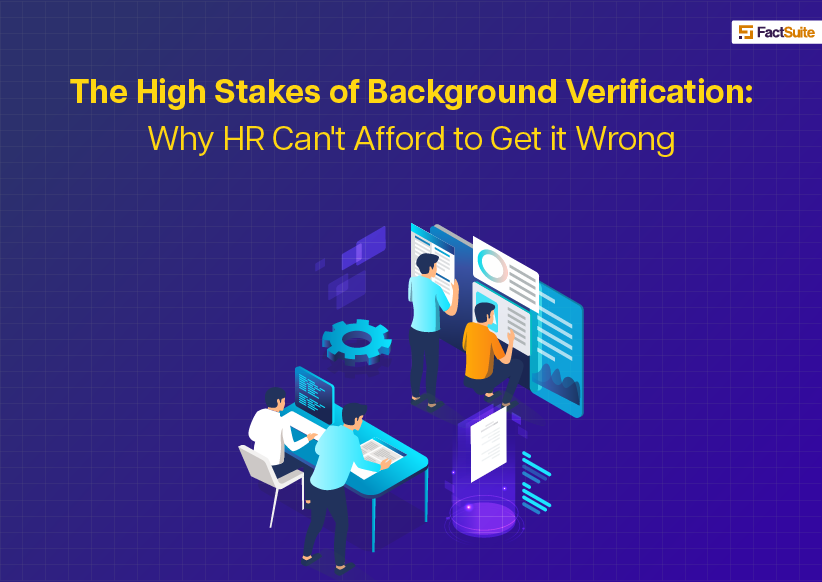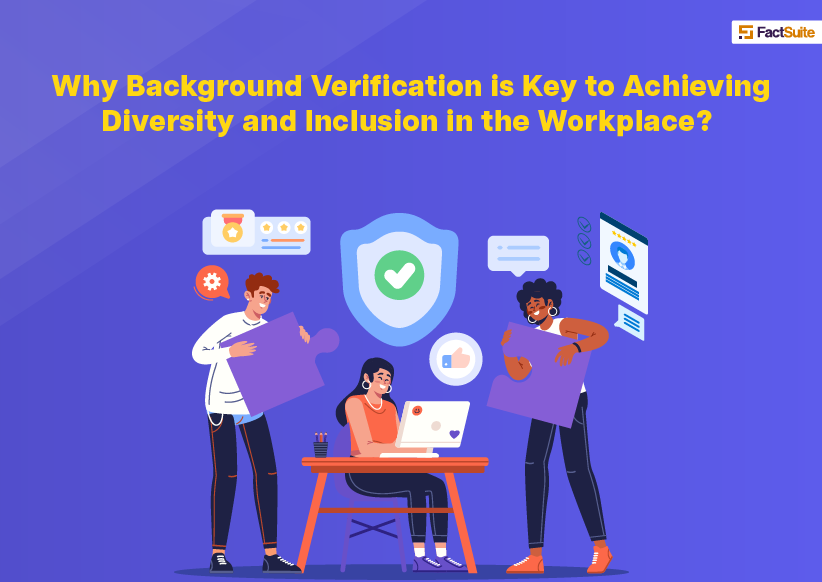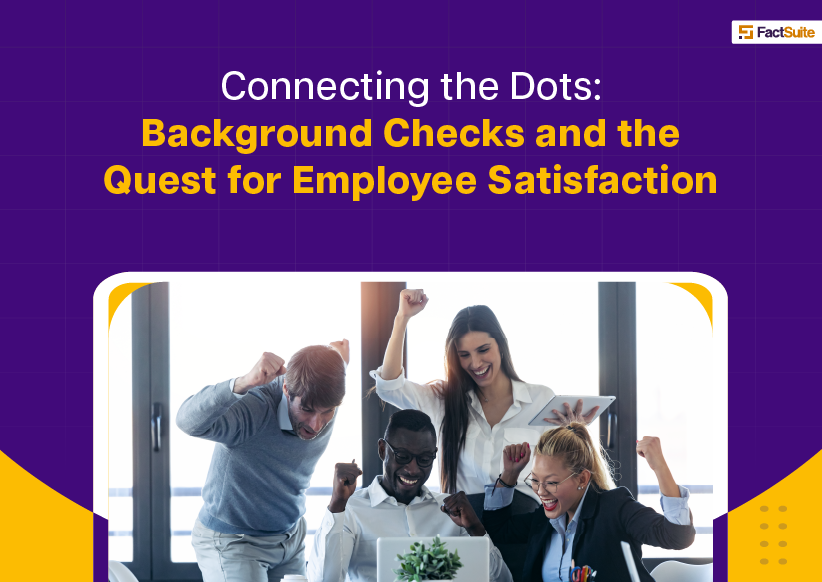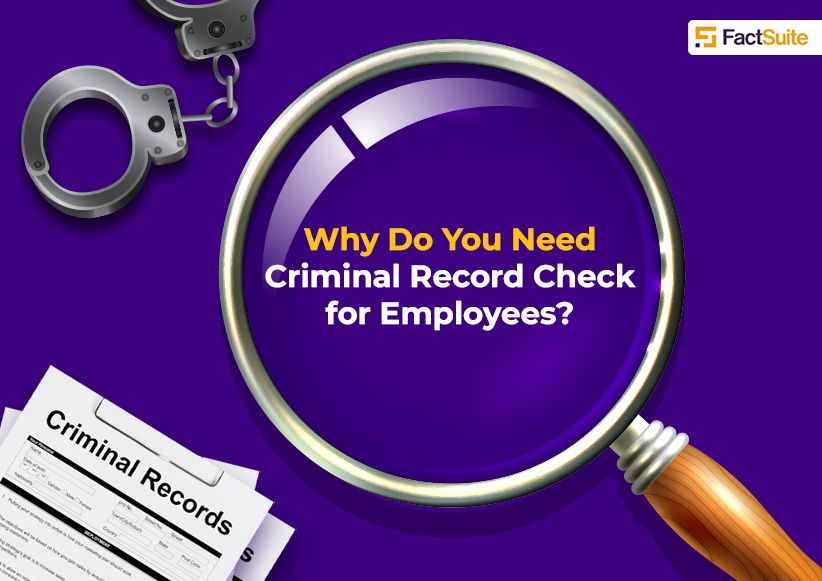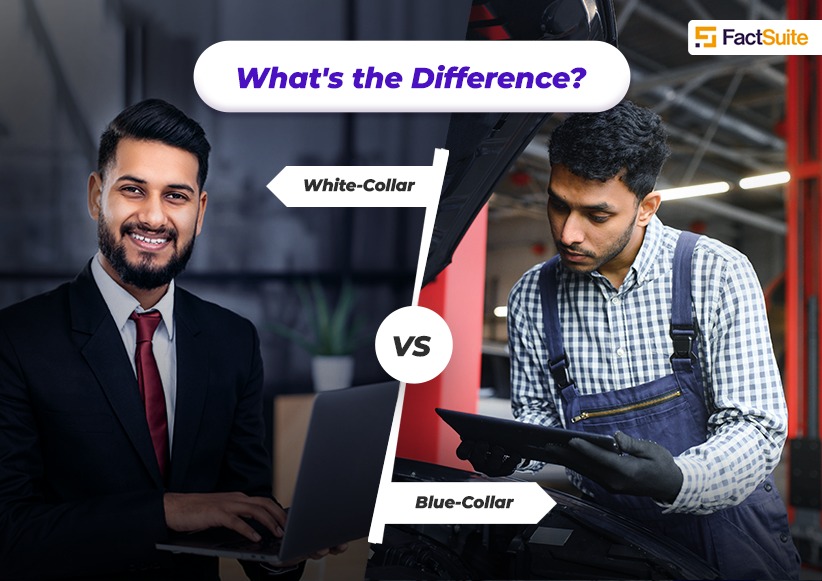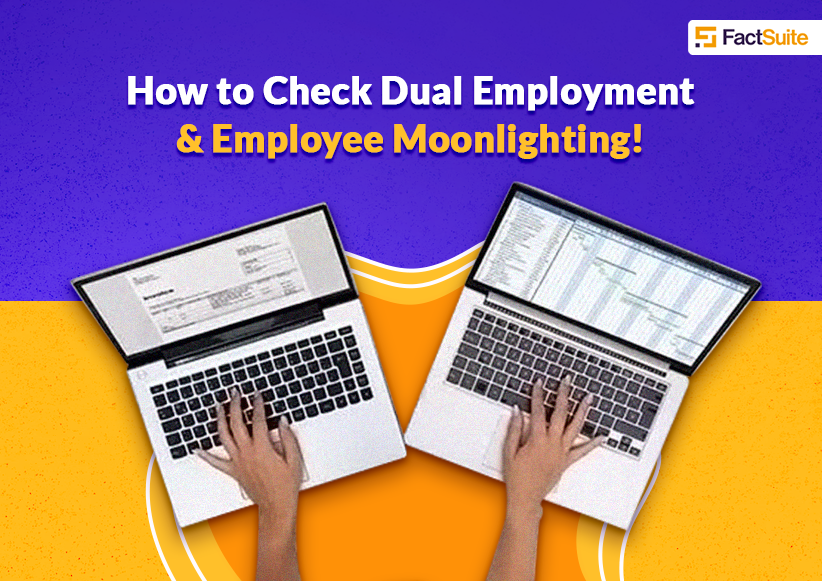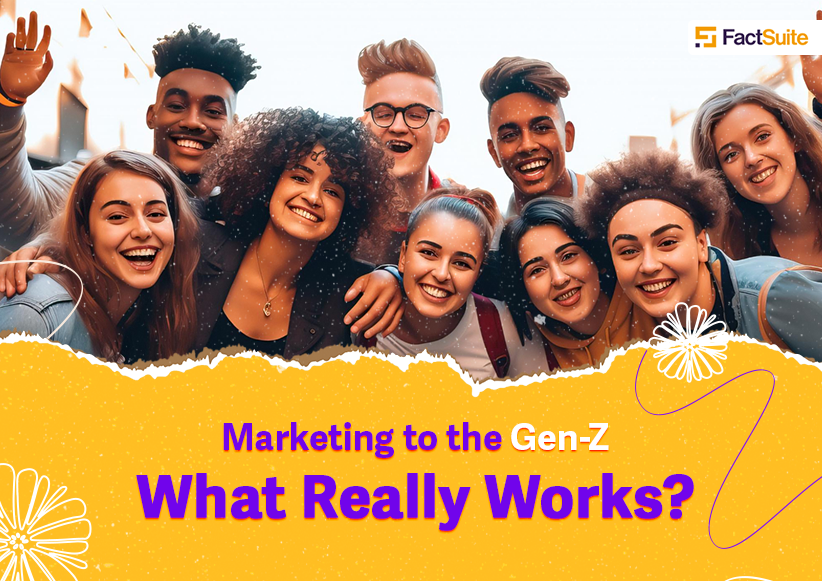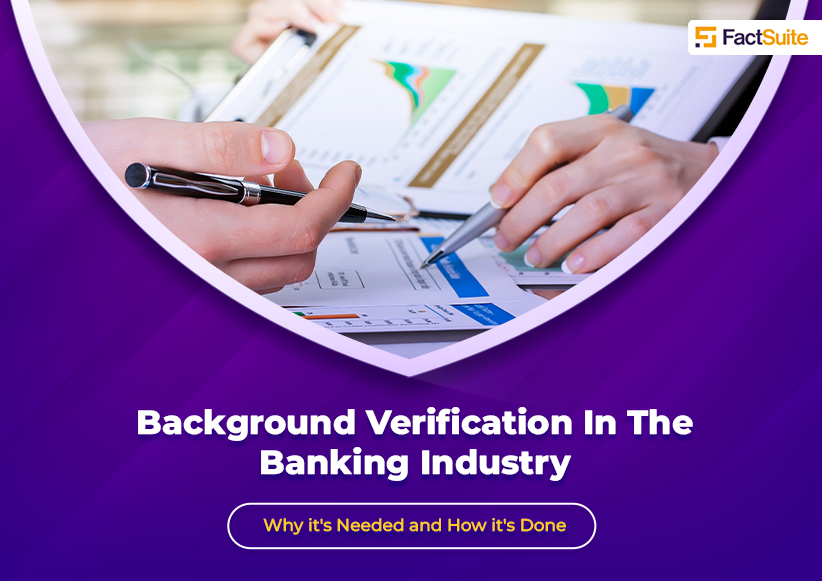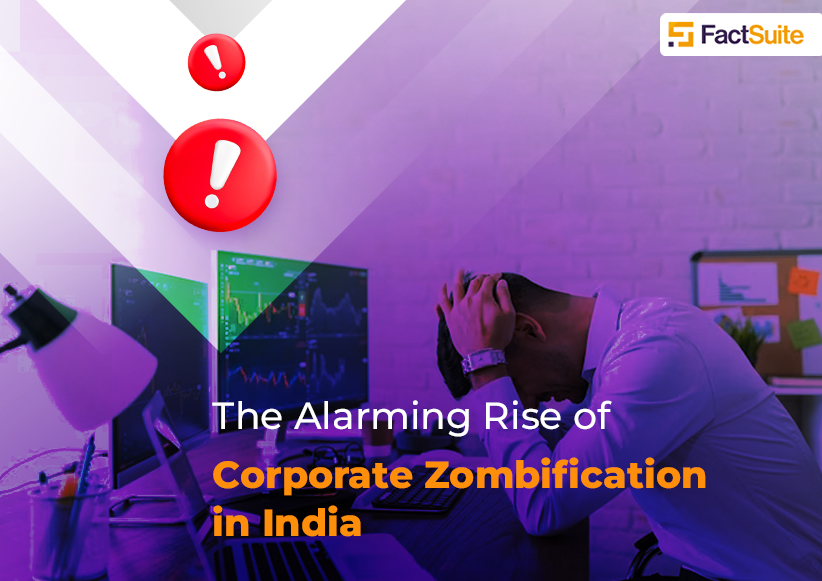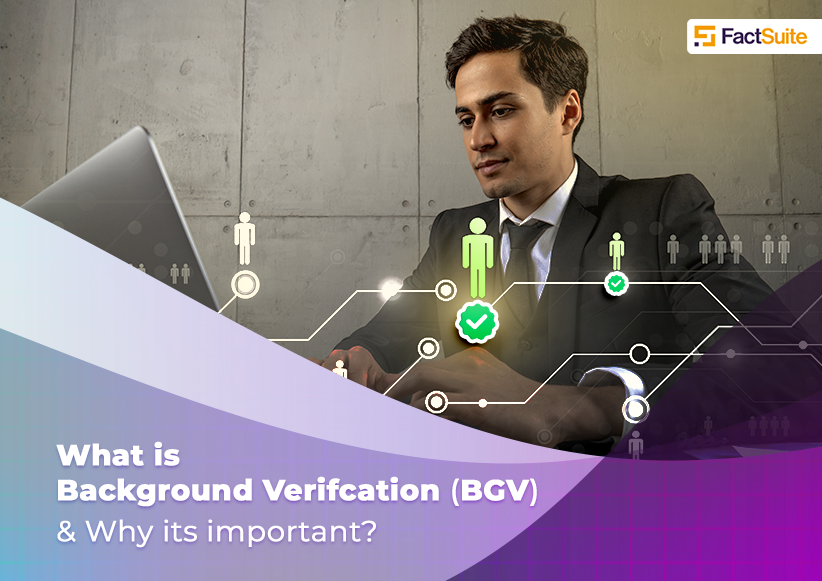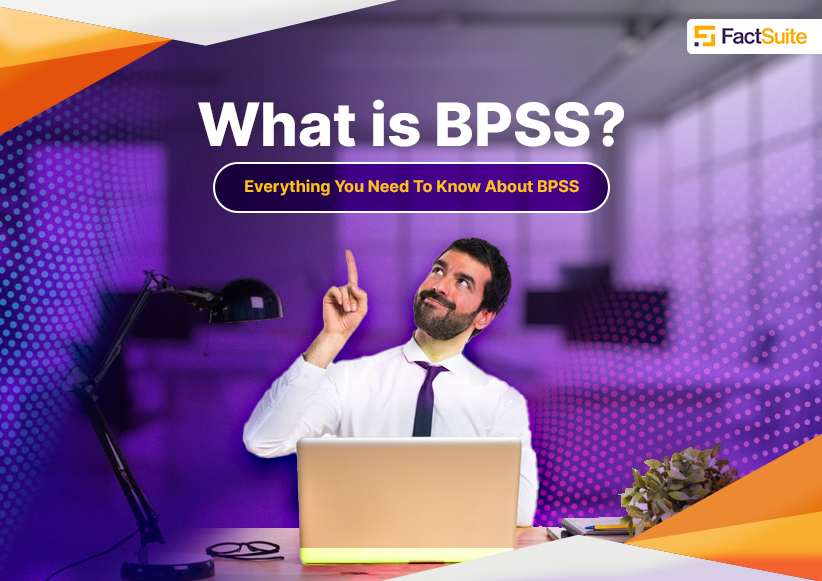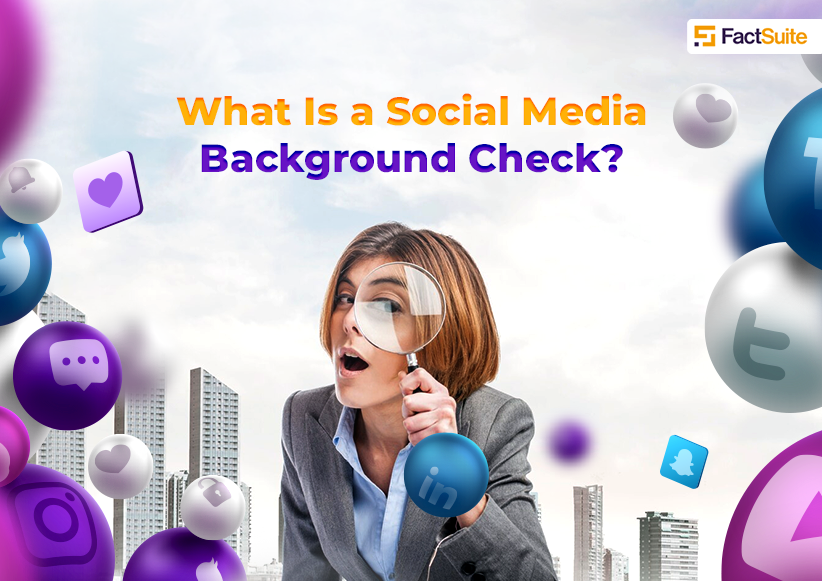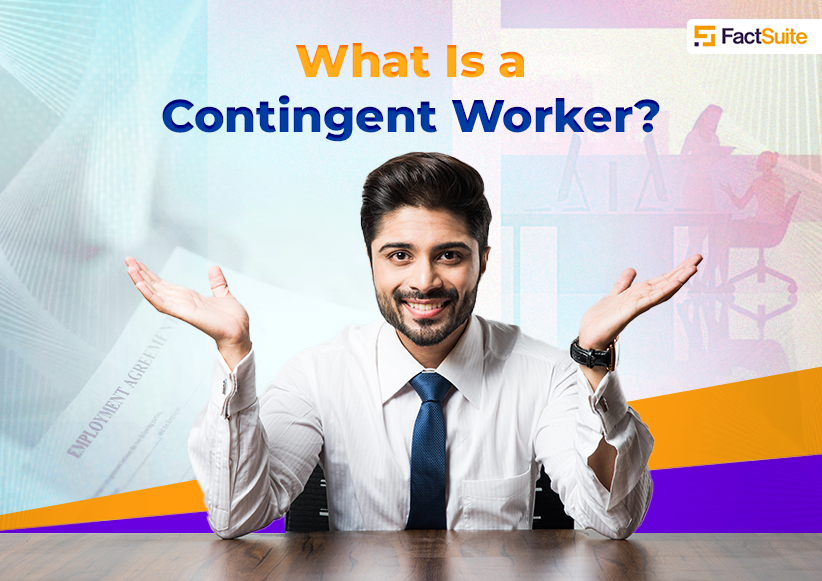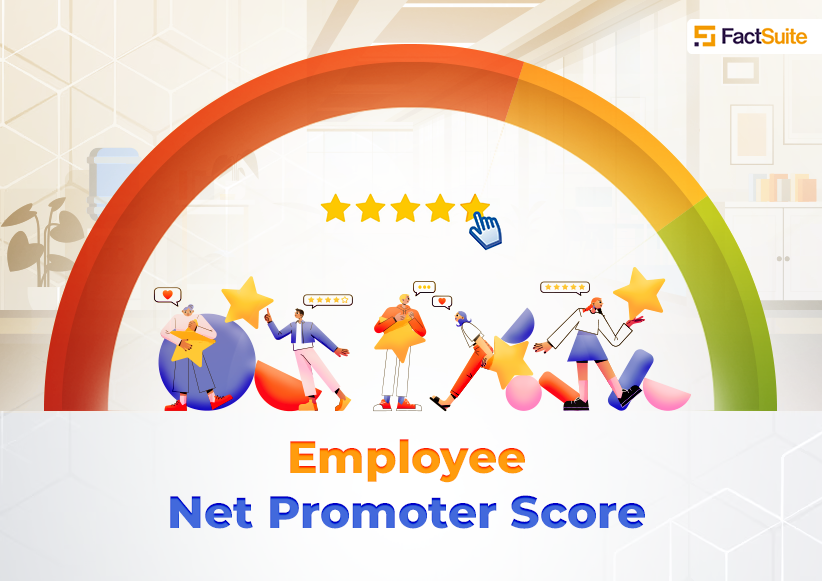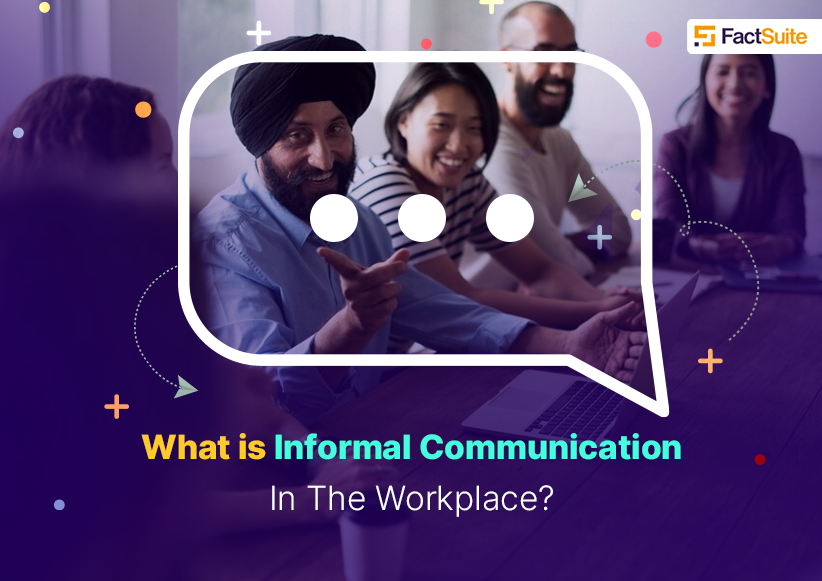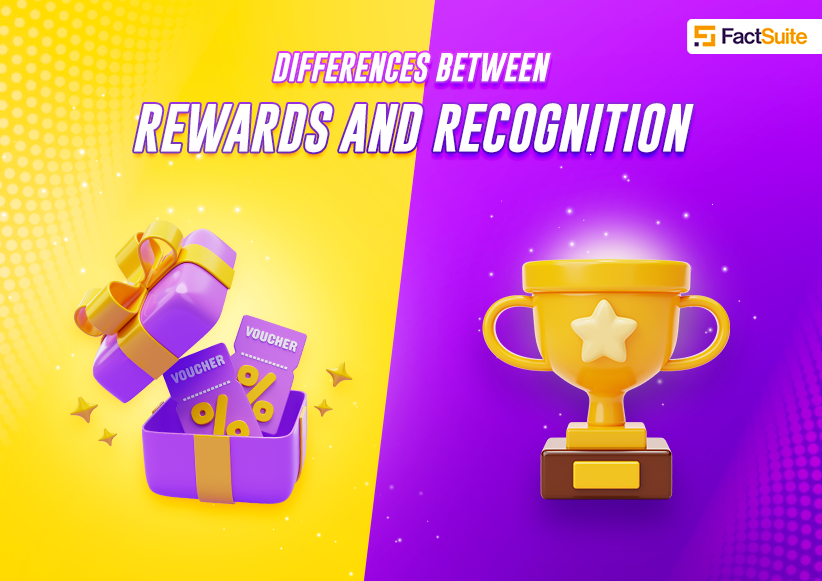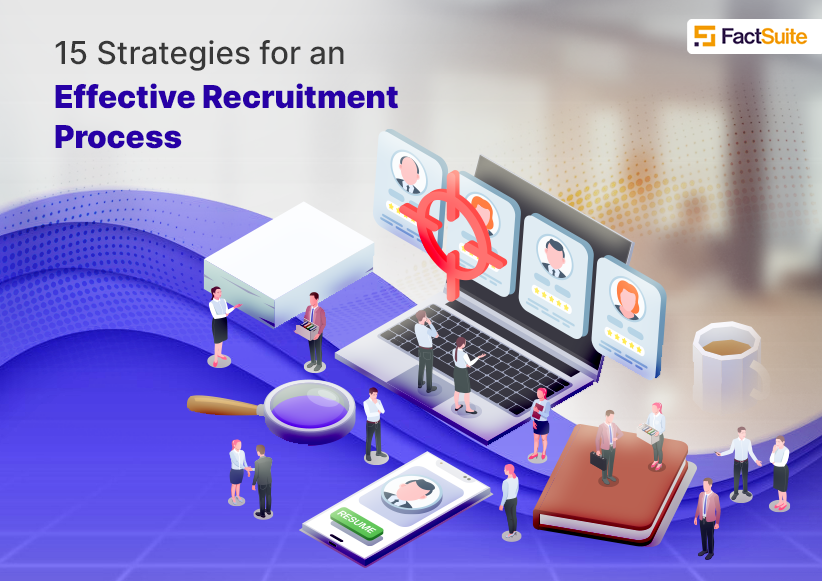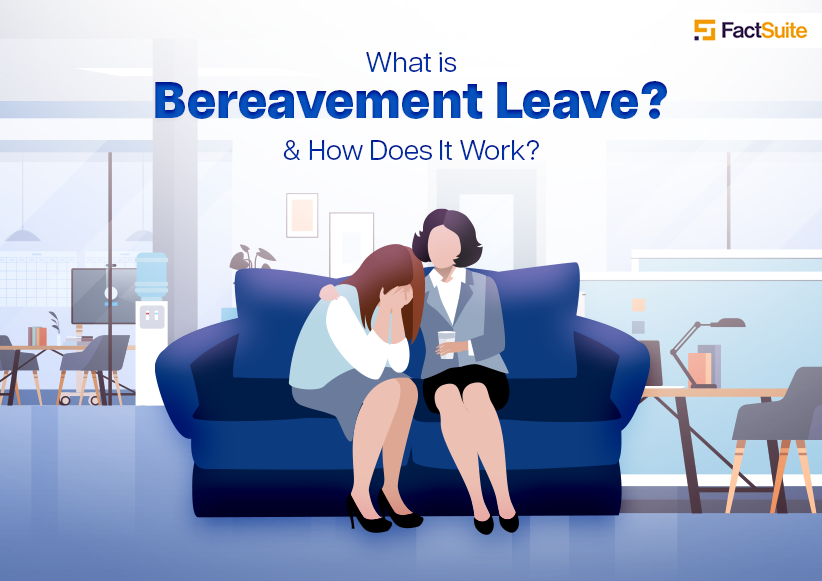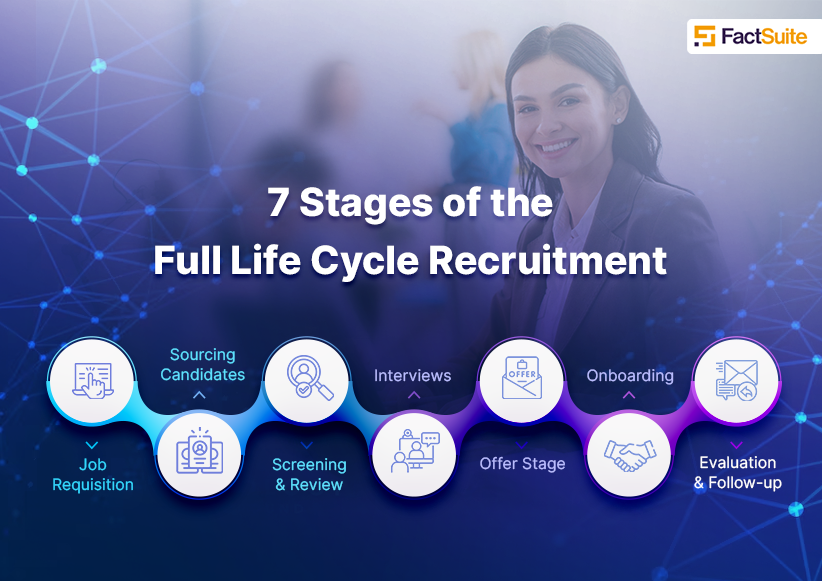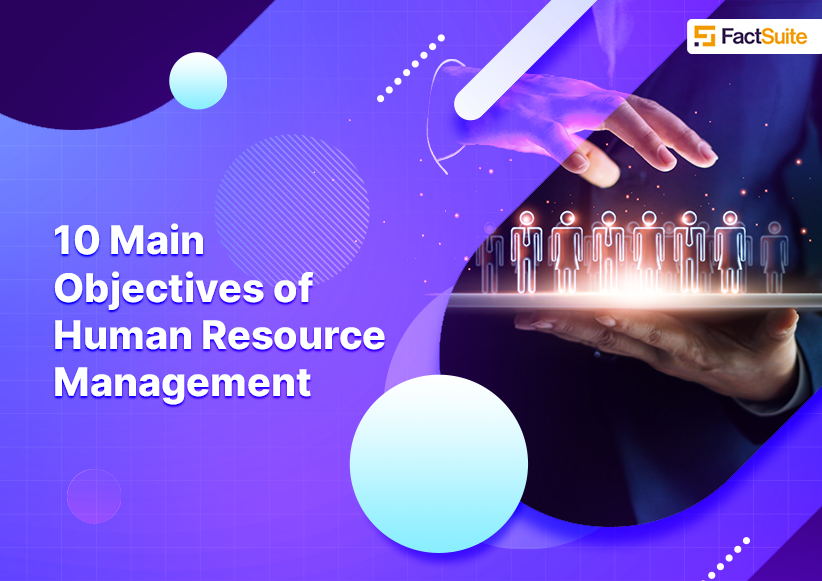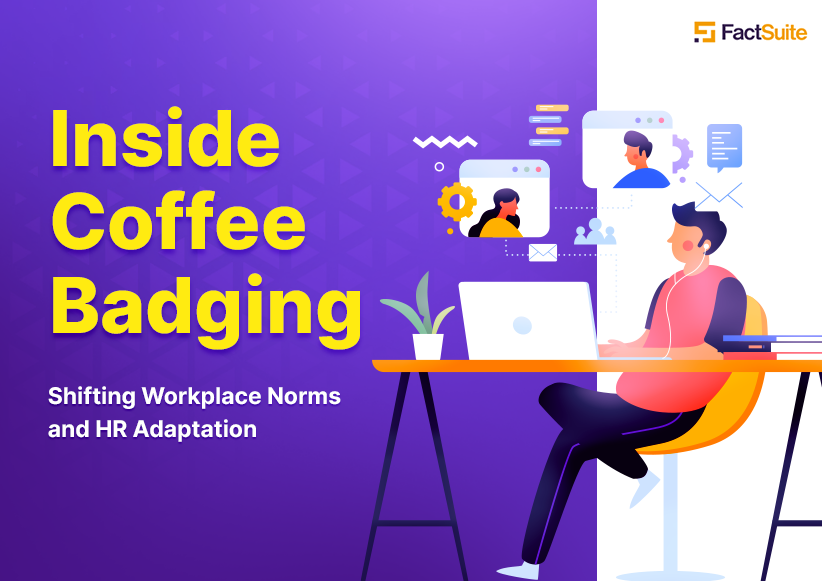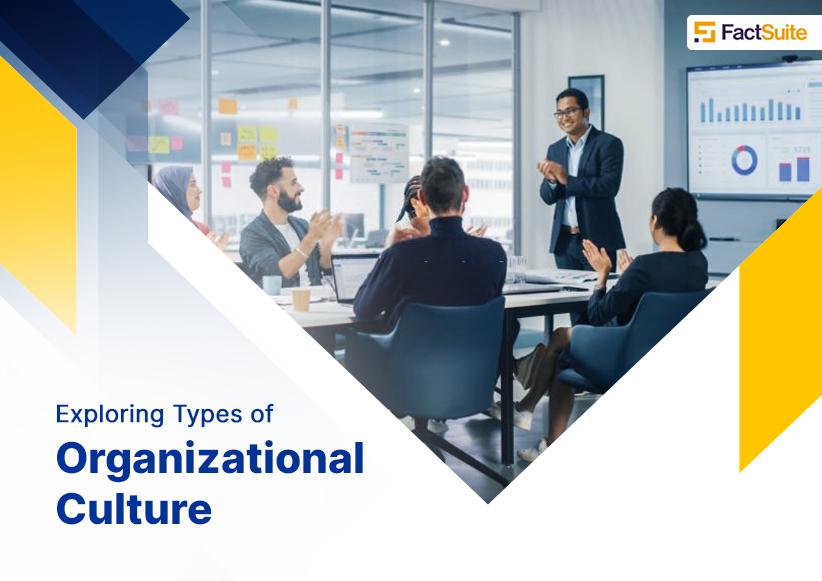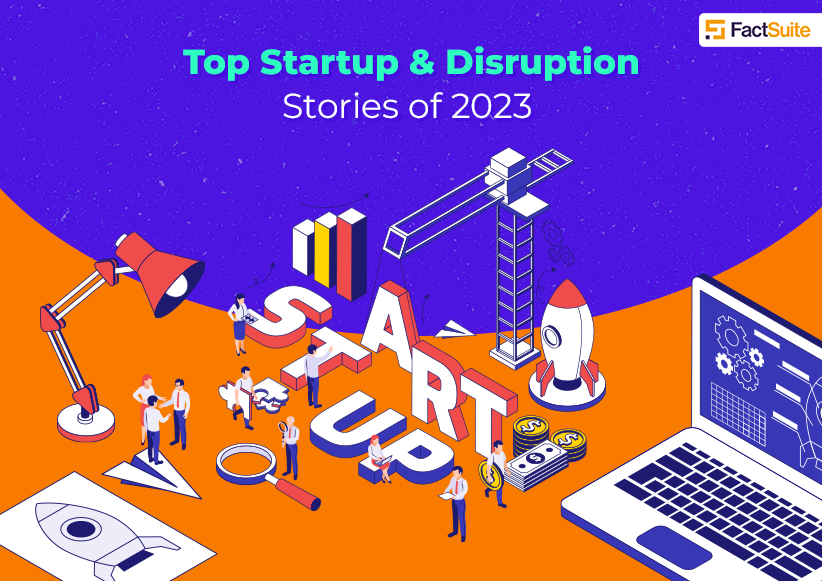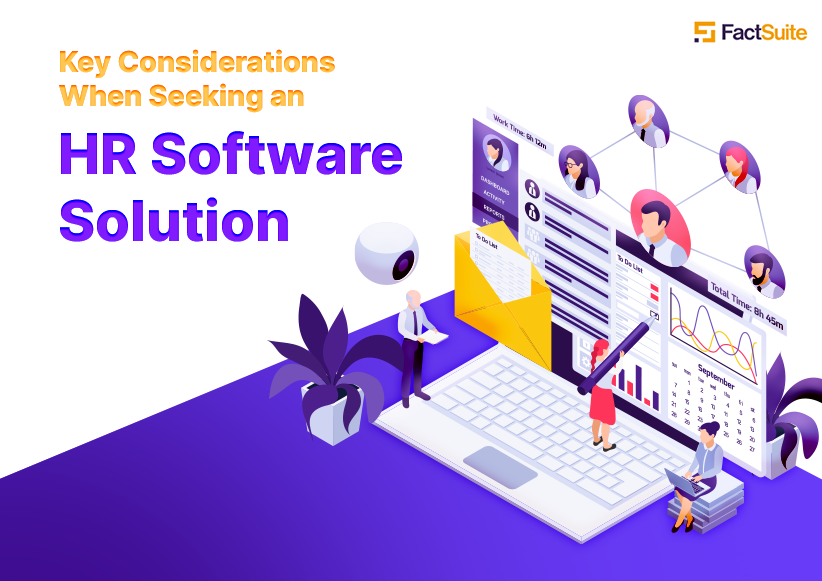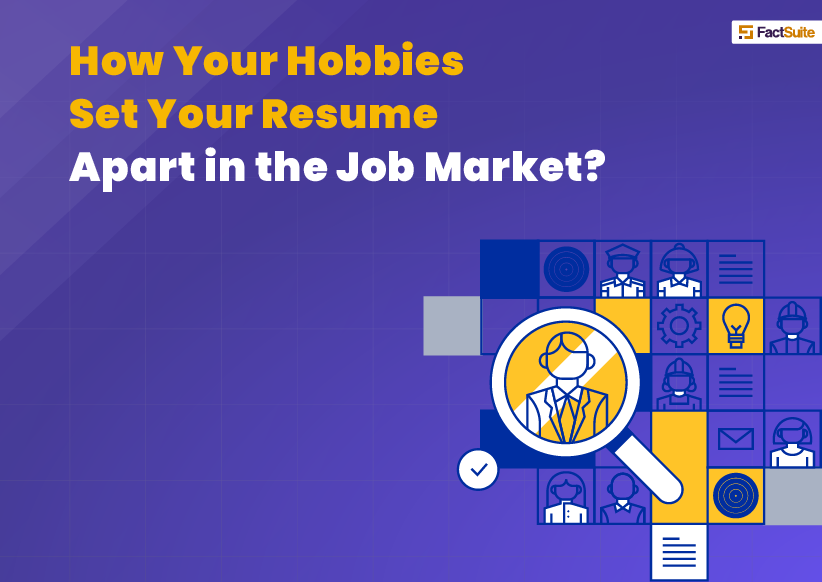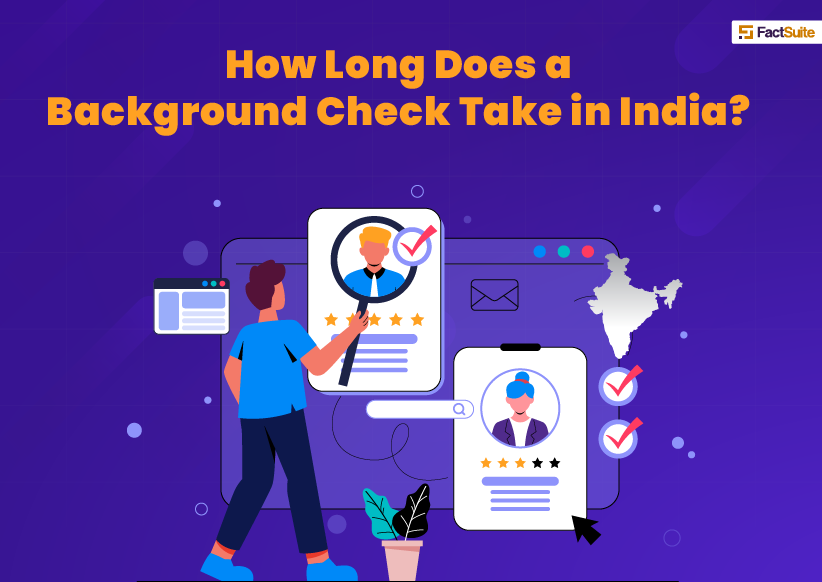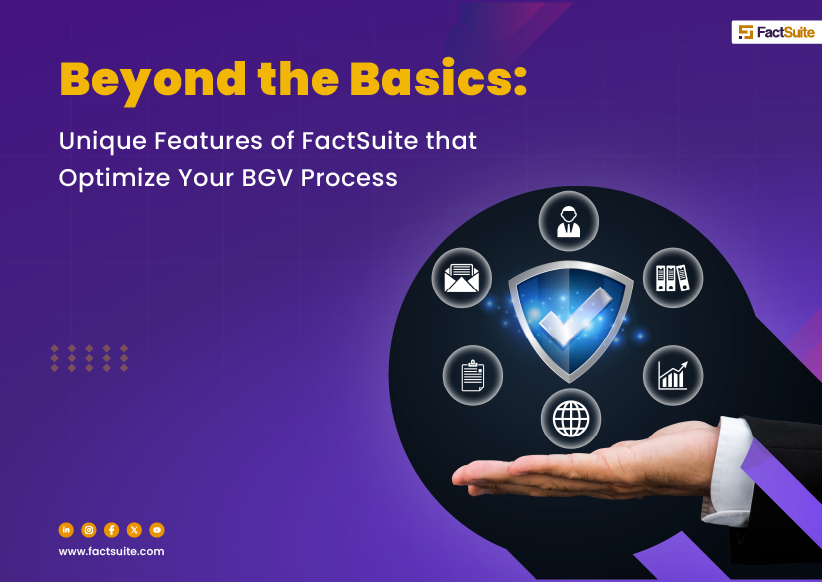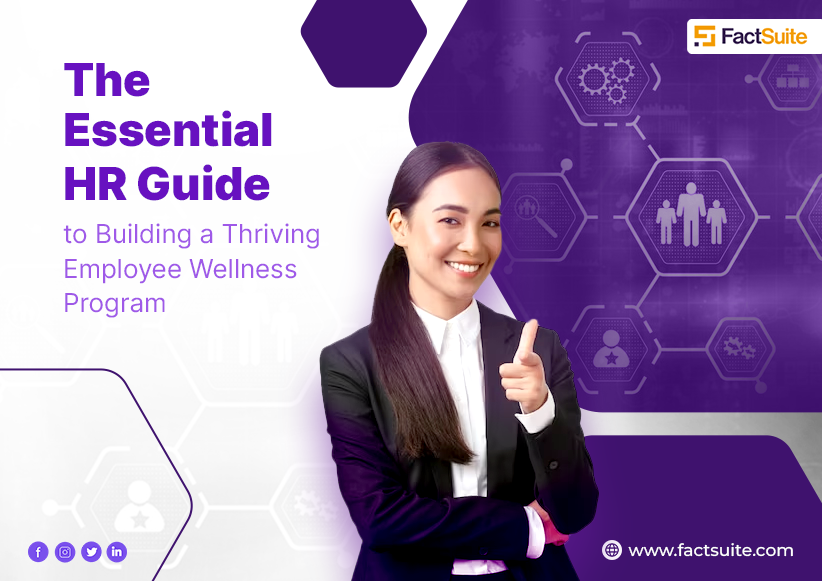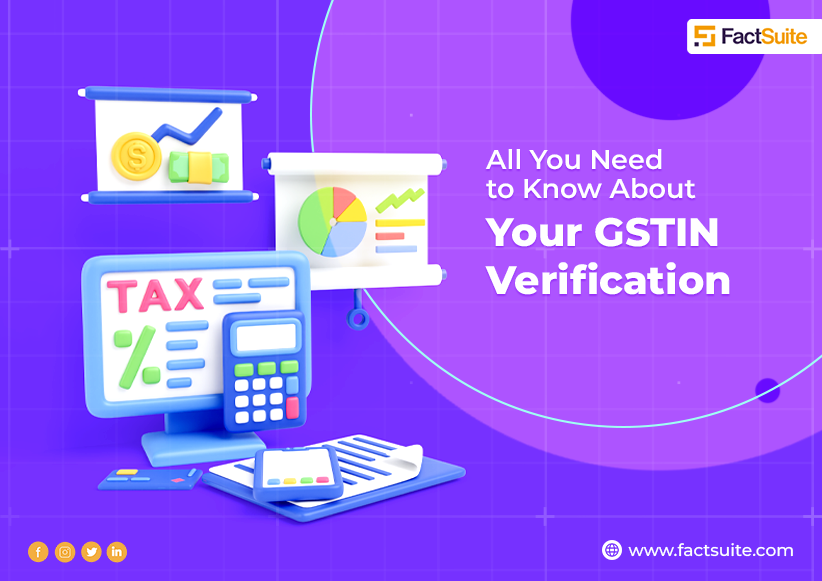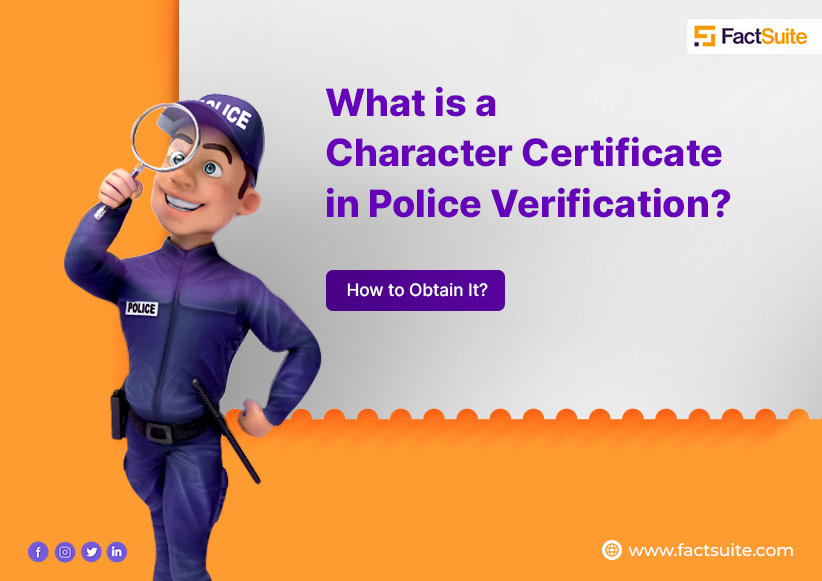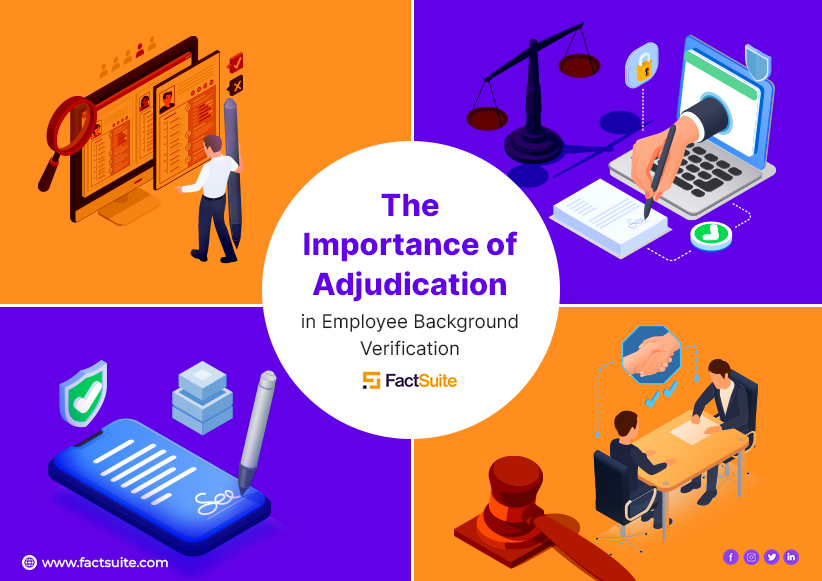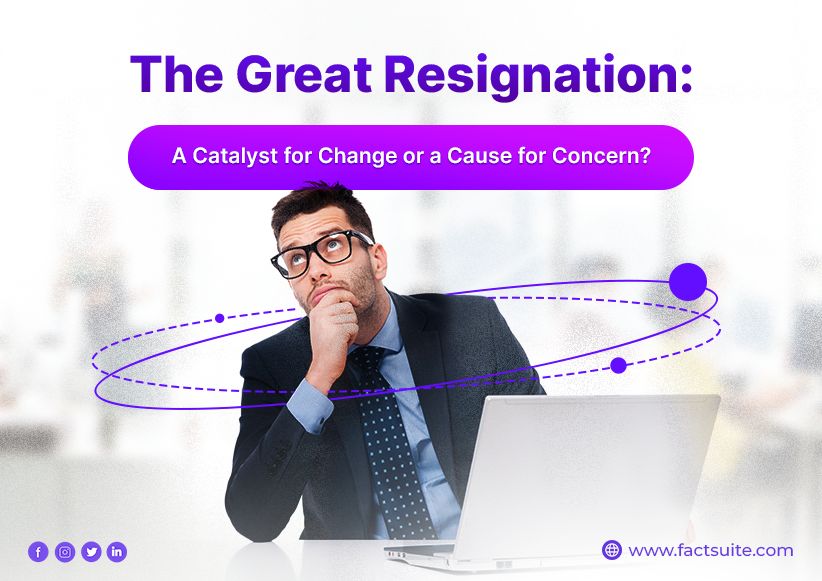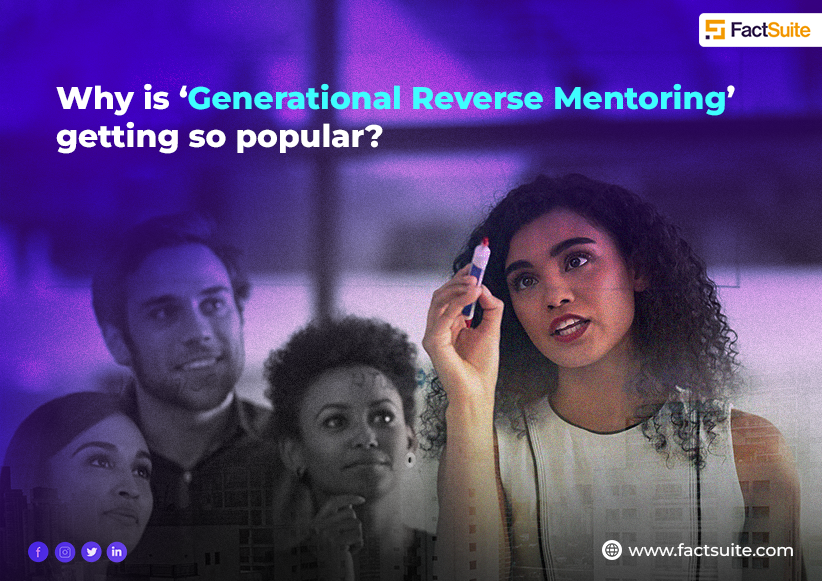Employees Engagement Models and Theories
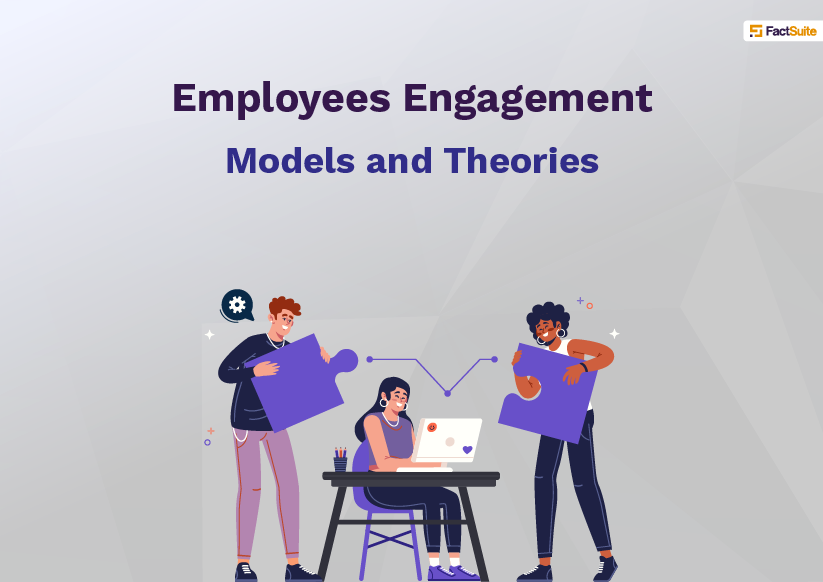
Table of content
What is Employee Engagement Model?
Why Engagement Models Key to Thriving Workplace?
Best Employee Engagement Theories and Models
- The Kahn Model
- The Zinger Model
- Maslow's Model
Create Meaningful Employee Engagement Strategies Today
If your employees are disengaged with the workplace, it will cost you more than you think. Turnover is pricey on average, and the employee replacement cost is about 50% of an employee's salary. However, every year disengaged employees also cost companies hundreds of billions of dollars due to lost productivity.
On the other hand, companies with engaged employees can see an average of 21% more profits and 17% more enhanced productivity than their disengaged counterparts. Thus, the organization needs an effective employee engagement strategy. But creating a plan is not accessible if the employer does not know what drives employees to perform their best work.
Therefore, organizations need an employee engagement model – a structure that enables an organization to understand the desire of team members and how they can accomplish it. Many employee engagement theories and models provide a employee engagement strategy framework for success. But, each model has a different approach.
This blog explores some theories behind employee engagement and considers how a company might pick what is best for them.
What is Employee Engagement Model?
An employee engagement model is a comprehensive employee engagement strategy framework that organizations use to understand, measure, and enhance the level of engagement and satisfaction among their employees. It serves as a blueprint for creating a work environment where employees feel motivated, valued, and committed to their work and the organization as a whole.
The team engagement model encompasses a range of factors that contribute to employee engagement, including organizational culture, leadership practices, communication channels, performance management systems, career development opportunities, and employee well-being initiatives. It takes into account the unique needs and preferences of the workforce and aims to align those with the organization's goals and values.
Organizational psychology plays a crucial role in the development of team engagement model. Research in this field helps organizations gain insights into the psychological and emotional aspects of employee engagement, such as intrinsic motivation, job satisfaction, work-life balance, and psychological well-being.
A well-designed employee engagement model includes the following elements:
Policies and Practices
The model outlines specific policies and practices that support employee engagement, such as flexible work arrangements, recognition programs, professional development opportunities, and fair compensation and benefits.
Leadership and Management
Effective leadership and management behaviors are crucial for fostering employee engagement. The model emphasizes the importance of supportive and inspiring leaders who communicate effectively, provide feedback, empower employees, and create a positive work culture.
Communication and Feedback
Open and transparent communication channels are essential for engaging employees. The model encourages regular feedback, both from managers to employees and vice versa, and promotes a culture of collaboration and idea-sharing, thus a better team engagement model.
Career Development
Providing employees with opportunities for growth and advancement is a vital component of employee engagement. The model includes strategies for identifying and nurturing talent, offering training and development programs, and creating clear career paths within the organization.
Well-being and Work-Life Balance
Employee well-being is prioritized in the model, as it recognizes that a healthy work-life balance and support for personal well-being contribute to overall engagement. This may involve initiatives such as wellness programs, employee assistance programs, and flexible work arrangements.
Recognition and Rewards
Recognizing and rewarding employees for their contributions and achievements is an integral part of the model. It highlights the importance of acknowledging and appreciating employees' efforts and providing meaningful incentives that align with their values and aspirations.
By implementing an employee engagement model, organizations can create a positive and engaging work environment that leads to increased productivity, higher job satisfaction, lower turnover rates, and improved overall organizational performance. Regular evaluation and refinement of the team engagement model are necessary to ensure its effectiveness in meeting the evolving needs and expectations of employees.
Why Engagement Models are Key to Thriving Workplace?
An engagement model significantly affects a company's bottom line, among other business outcomes. According to Gallup, safety incident decline by 64% when employees are engaged, while disengaged employees are 60% more likely to make errors. However, engaged employees are 87% less likely to leave the company for other employer employment opportunities.
Best Employee Engagement Theories and Models
Employee engagement is crucial for organizations aiming to boost productivity and retain talented employees. Various theories and models provide insights and strategies to enhance engagement levels.
One prominent employee engagement strategy framework, the Best Employee Engagement Theories and Models, emphasizes effective communication, aligning goals, fostering a positive work culture, recognizing contributions, and supporting the ongoing development. This model recognizes the significance of ongoing employee development. It suggests providing opportunities for learning and growth through training programs, mentorship initiatives, and cross-functional projects. By investing in their employees’ professional development, organizations not only enhance engagement but also foster a culture of continuous learning and improvement. Implementing these principles can lead to improved productivity, satisfaction, and organizational success.
1. The Kahn Model
Organization psychologist William Kahn is the first researcher behind the employee engagement model and prioritizes the value of employees by seeing their strengths in their work.
In the 1990 study Psychological Conditions of Personal Engagement and Disengagement at Work, he wrote, "The more people draw on themselves to perform their task, the more stirring their performance and bring more value by them." In his work, he identifies three employee engagement dimensions, i.e., physical, emotional, and cognitive. Also, he said that for completely engaged, an employee must:
- Bring themselves fully mentally and physically to the workplace
- Find meaning in their work
- Work with full potential without any risk of negative pushback.
2. The Zinger Model
Psychologist and educator David Zinger create it. His , employee engagement theory is based on experience in employee psychology, assistance engagement, and burnout. His model is based on the importance of employee connection with others, the organization, the broader community, and the customer.
However, the employee engagement strategy framework is visualized as a pyramid that includes ten blocks, and each row has some meaning like:
- Bottom row – Necessities like employee well–being, energy, and utilizing their strengths.
- Middle row - Uniting the whole organization by building meaningful workplaces, strong relationships, and fostering recognition.
- Top row – Encourage employees to perform best at work and mark their progress.
- Top of Pyramid – Achieving the result.
3. Maslow's Model
This employee engagement strategy framework focus on Maslow's famous hierarchy of needs theory and how it can apply to employee experience in the workplace. This hierarchy lists the necessities in the pyramid, stating that each human is satisfied on one level and moves on to the next level.
It follows from basic to highest like:
- Food, water, air, clothing, shelter, and sleep
- Safety and Security
- Love and belonging
- Self - Esteem
- Self – actualization
Moreover, Stress Management Society summarizes how this model is applied to employee engagement, with the top four pyramid levels being the most compelling. In a nutshell, the employee is satisfied at the very least at the first level to feel engaged, inclusive of making enough money to provide primary and enough time to sleep. Therefore, the employee can drive employee engagement to the next level.
Create Meaningful Employee Engagement Strategies Today
In conclusion, by implementing meaningful employee engagement strategies and having a robust employee engagement strategy framework, organizations can unlock their highest potential and cultivate a dynamic work environment. Our passionate commitment lies in assisting companies to achieve this goal. Through a focus on recognition, encouragement, and effective management, organizations can unleash the best from their employees. Our cutting-edge employee engagement software serves as a valuable tool in realizing this vision.
The foundation of our approach rests upon four pivotal pillars: connection, recognition, leadership, and listening. By emphasizing these areas, organizations can not only attract exceptional talent but also motivate their existing employees and foster a safe and contented workplace built upon the foundation of a strong team engagement model. Our innovative software empowers organizations with a diverse range of tools to build genuine relationships, cultivate loyal employees, and foster an inclusive community.
Regardless of the specific employee engagement strategy framework chosen, the ultimate objective remains consistent: to ensure the happiness, respect, and safety of employees while equipping them with the necessary skills, knowledge, and motivation to excel and maximize their performance. This is the essence of genuine employee engagement and for all employee engagement theories to work brilliantly.
By embracing these principles and leveraging our software, organizations can create a thriving and harmonious work environment where employees feel valued, rewarded, and empowered to achieve greatness. With our comprehensive approach to employee engagement, organizations can unlock their full potential and embark on a path of sustained success.
